Just a short subway trip away from Crown Heights sits the original manuscript of the “Rambam’s Menorah”, a Mishnah Torah autographed by the Rambam, and other historic Rambam manuscripts and seforim.
By Anash.org reporter
“Corrected from my copy. I, Moses ben Rabbi Maimon zt”l“.
These words, written in the handwriting of the Rambam himself on a copy of Mishnah Torah, along with other manuscripts written by the Rambam, are on display in Manhattan, just a short subway trip away from Crown Heights.
Also on display is the original manuscript of the “Rambam’s Menorah,” the straight-branched drawing of the menorah which the Rebbe stressed as a source for the true look of the menorah in the Beis Hamikdash. This manuscript, which continues to make an oversized impact on Chanukah celebrations and the study of the Beis Hamikdash, is sitting under a pane of glass, available for anyone to view.
The manuscripts, along with a number of historic prints of the Rambam’s works and early handwritten volumes, are on display as part of a new exhibit at the Yeshiva University Museum. Titled “The Golden Path: Maimonides Across Eight Centuries,” the exhibit showcases the Rambam’s influence on the Jewish world, and far beyond, from his lifetime until contemporary times.
Opening with the abovementioned manuscripts, the exhibit displays document fragments from the Cairo Genizah fully in the Rambam’s hand, a beautifully carved 11th-century door to the aron kodesh from Cairo’s Ben Ezra Synagogue which the Rambam likely used, and a number of early manuscripts and early prints of the Mishnah Torah.
Also on display are several beautifully decorated medieval manuscripts of Moreh Nevuchim, handwritten copies of Pirush Hamishnayos, and early prints of those and other works authored by the Rambam or based on his works.
The exhibit closes with a section showing the continued influence of the Rambam, even in mundane areas such as the names of sports parks and teams. Tucked in a corner in this section is a reproduction of a New York Times article from 1986 about the Rebbe’s takanah of learning Rambam every day.
In a conversation with Anash.org, Curator Dr. David Sclar says that in addition to their daily study of Rambam, he feels there is an aspect of the Rambam’s life that Lubavitch can deeply appreciate.
“One thing that the exhibit demonstrates is that in addition to his monumental Torah scholarship, and his exceptional writing on a variety of topics, the Rambam also spent much of his time guiding his fellow Jews. Whether spiritually, medically, or communally, the Rambam dedicated enormous effort and time to assisting others,” he said.
“This can be particularly seen in the handwritten letters of the Rambam from the Cairo Genizah, where he is writing about communal matters.
“I see a parallel in this to the work of Chabad shluchim, who dedicate their lives to helping other Jews,” he said.
According to Dr. Sclar, one of the aims of the exhibit is that visitors should come out with a vision of the Rambam’s impact, starting nearly nine centuries ago and continuing to this very day.
“The exhibit presents a broad view of the Rambam’s influence, from the writing of his work during his lifetime, to the spread of his texts in various parts of the Jewish world over the following centuries, to many aspects that permeate our daily life today,” he says. “From manuscripts and early printed books to a basketball jersey and children’s comics, one can trace his influence over the past 850+ years.”
The exhibit is open five days a week, with no charge for admission. All one has to do is take the subway from 770 to 14 St – Union Sq Station, walk 5 minutes, and take advantage of this once-in-a-lifetime opportunity.
A Lubavitcher visitor is sure to be struck by standing just inches away from the signature of the Rambam, whose Torah they study day in and day out. For a student of the Rebbe’s Torah, to see the original manuscript illustration of the menorah which the Rebbe spoke and wrote about, will almost certainly leave him spellbound.
The Yeshiva University Museum is located at 15 W 16th St, New York, NY 10011.
Exhibit Hours:
Monday – Wednesday: 10:00 am – 4:00 pm
Thursday: 10:00 am – 7:30 pm
Friday: closed
Saturday: closed
Sunday: 11:00 am – 4:00 pm
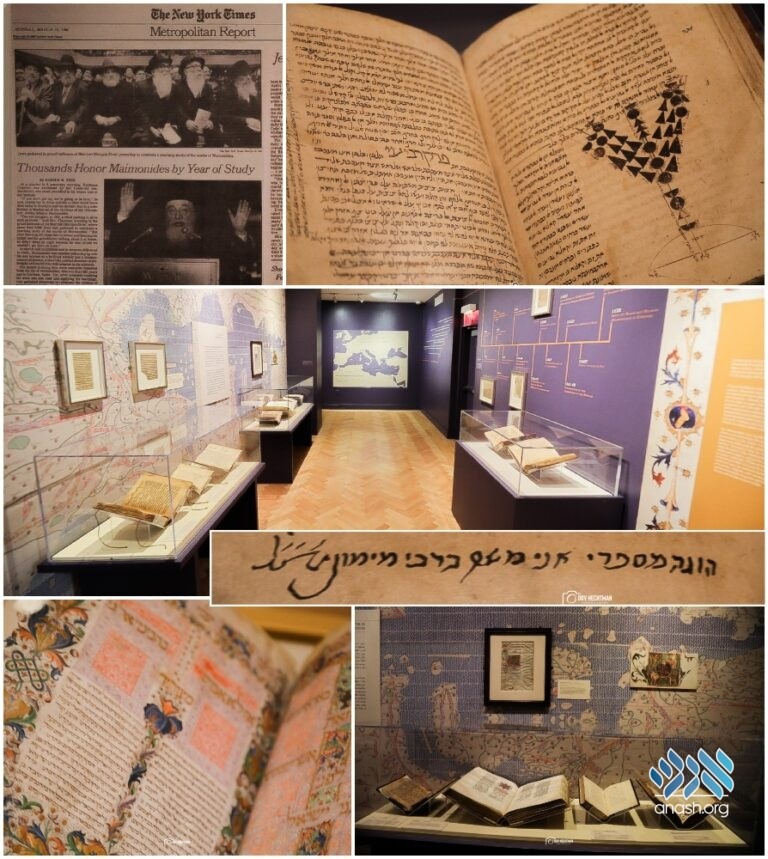
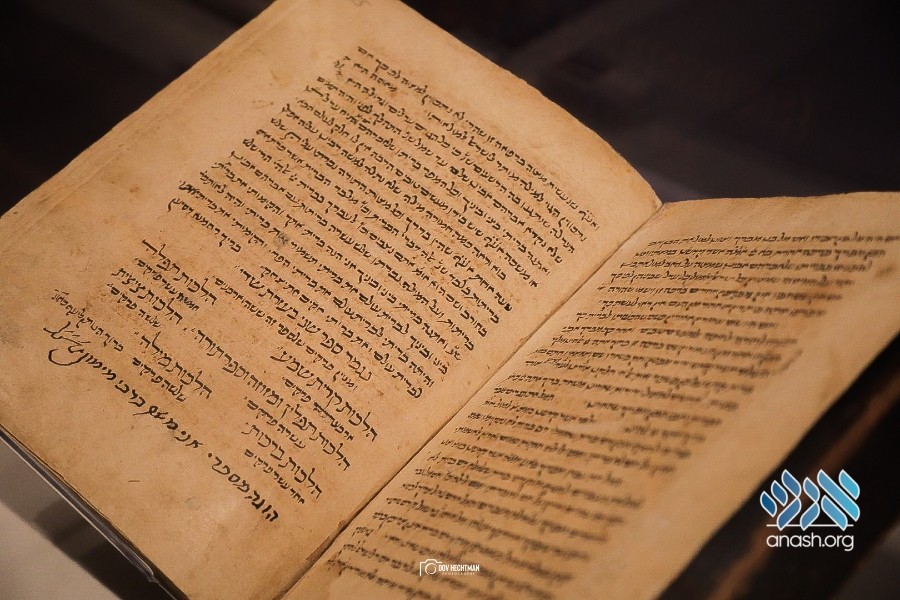
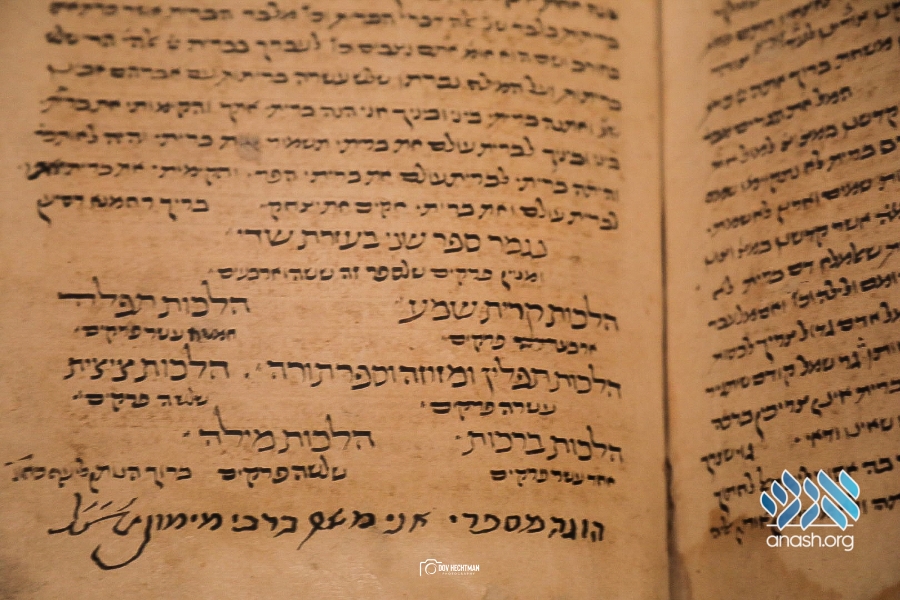
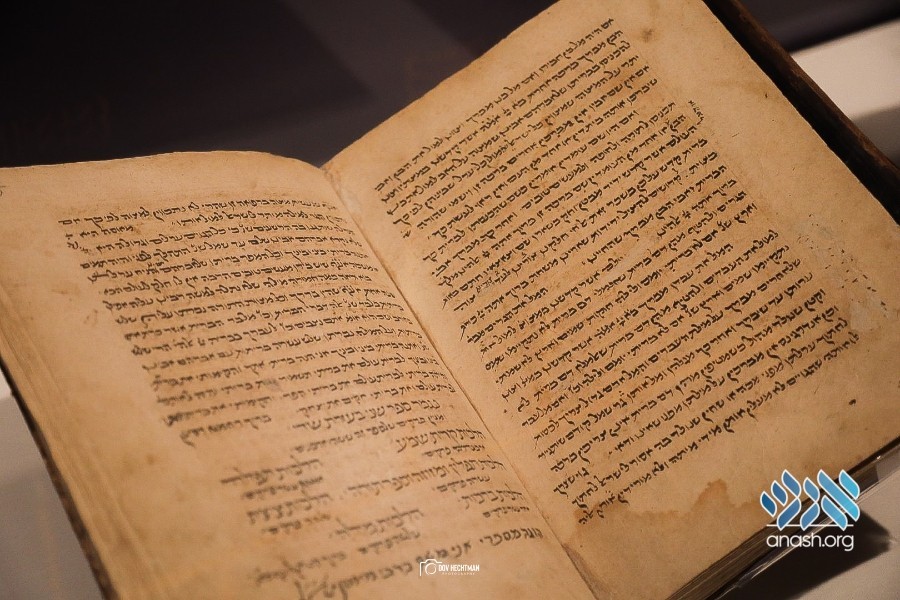

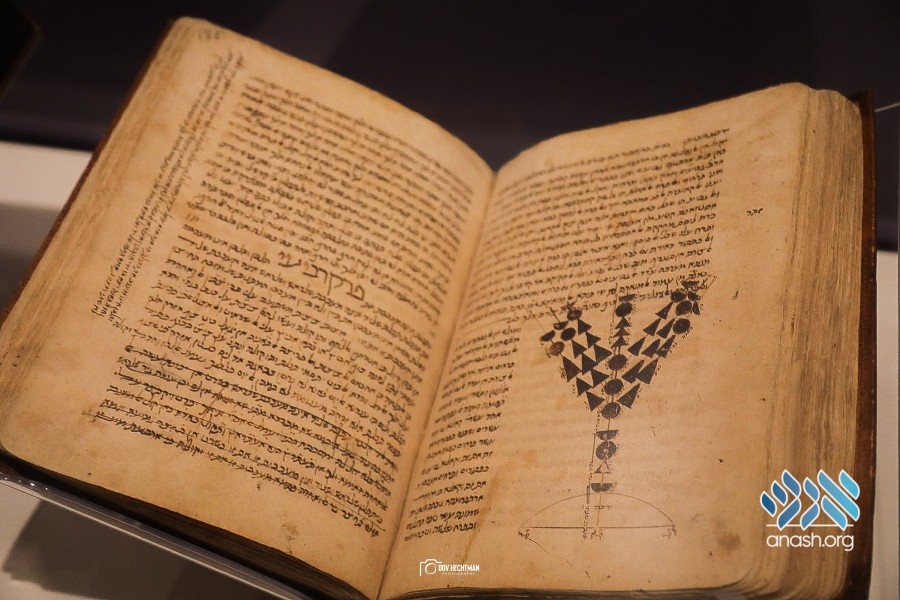
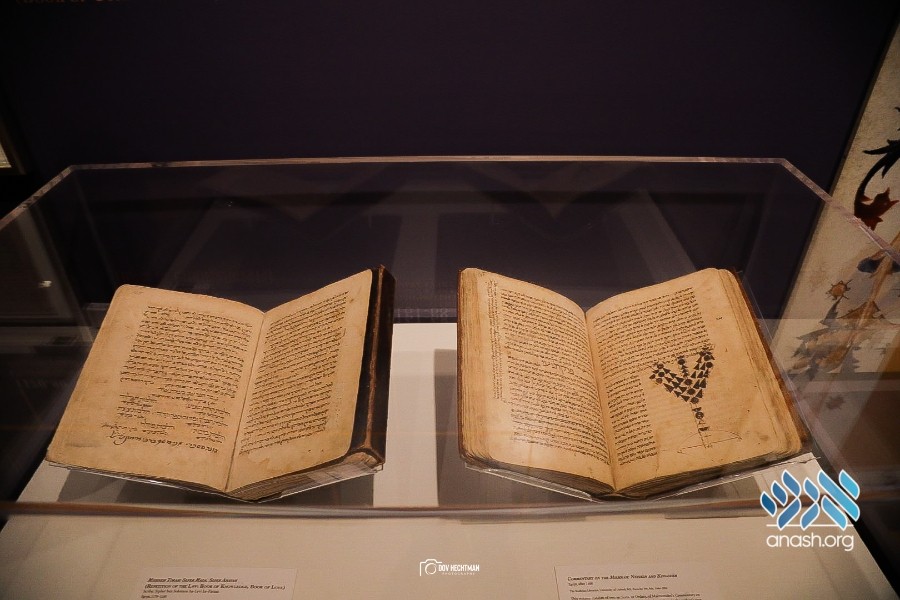
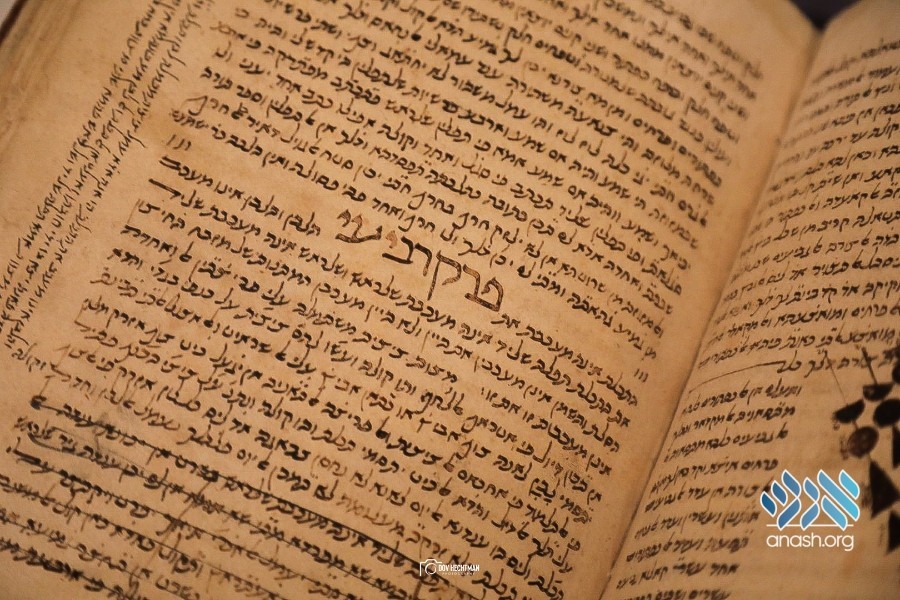
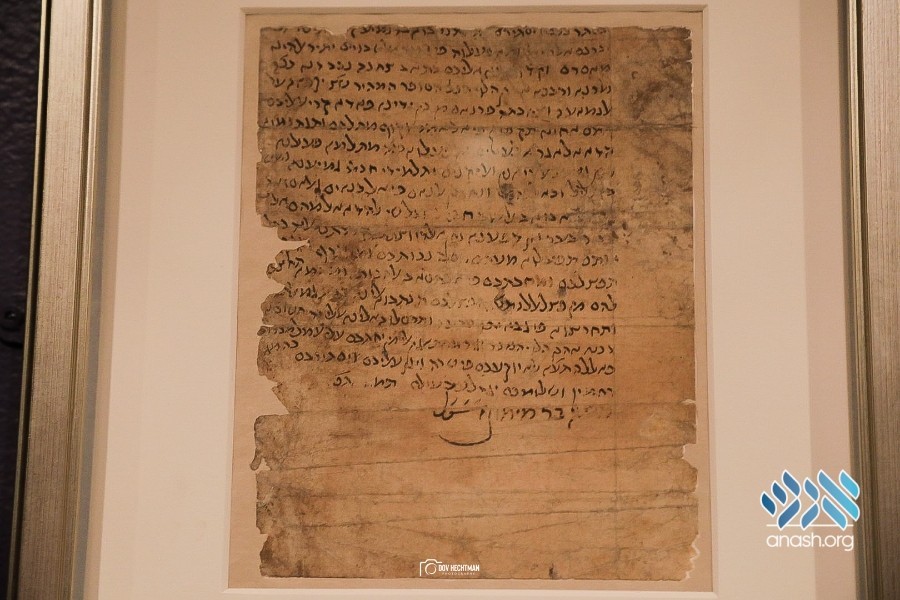
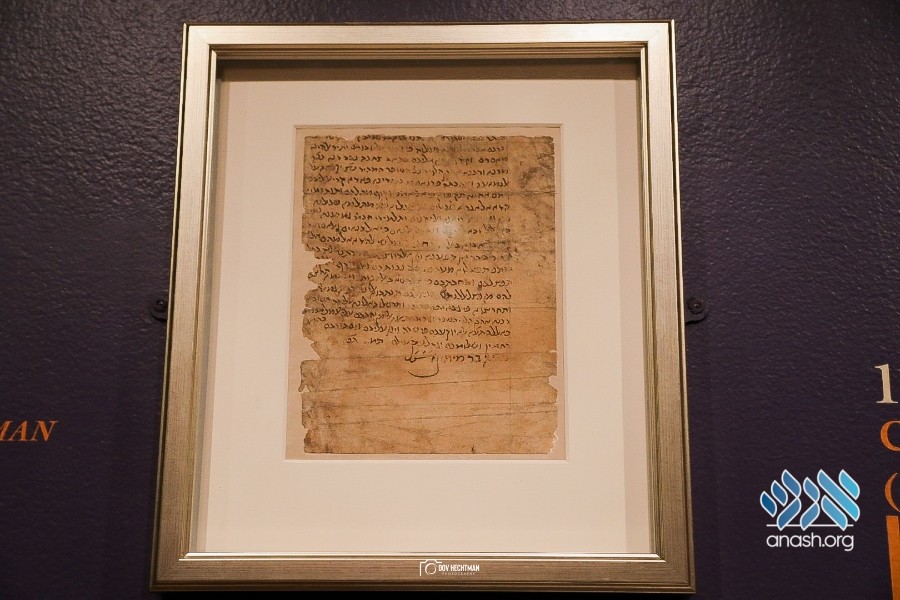

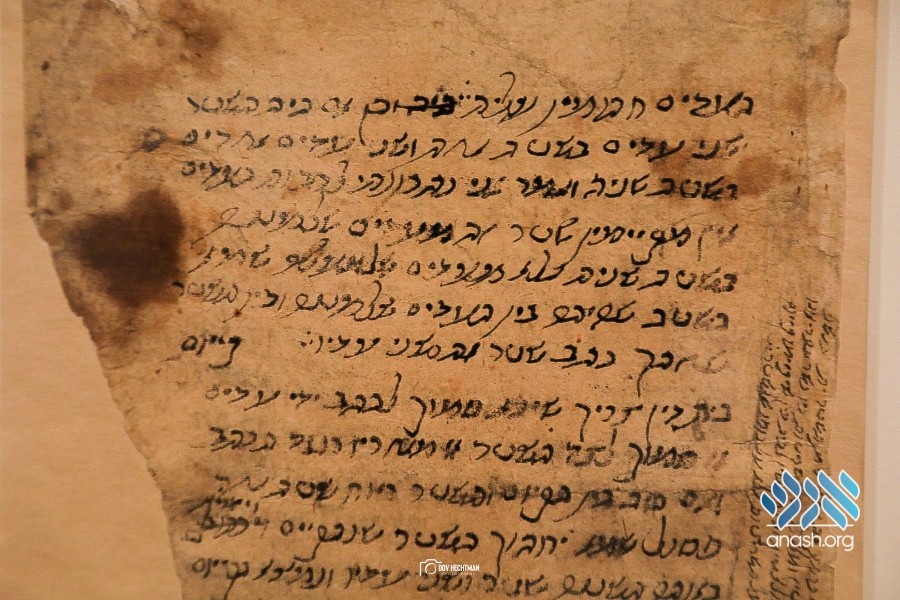
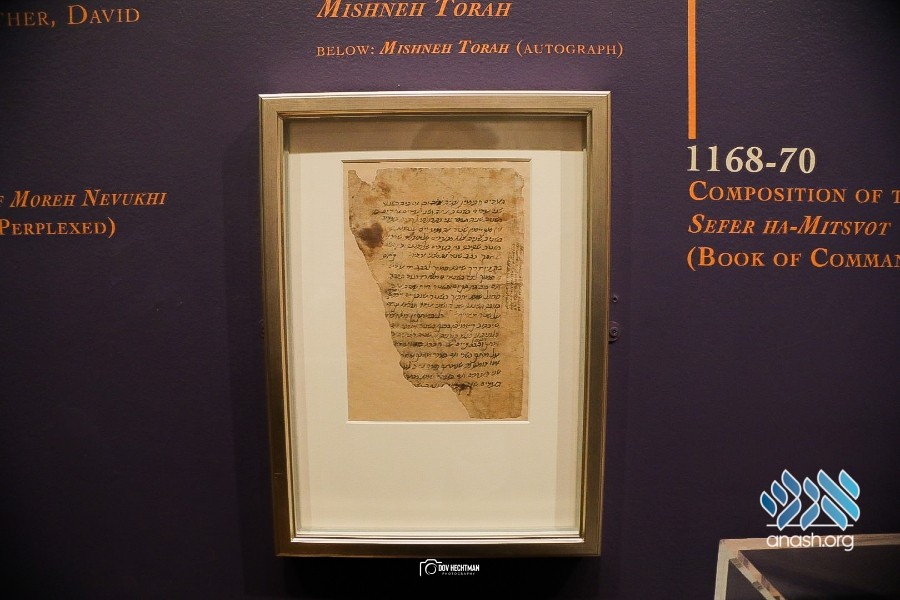

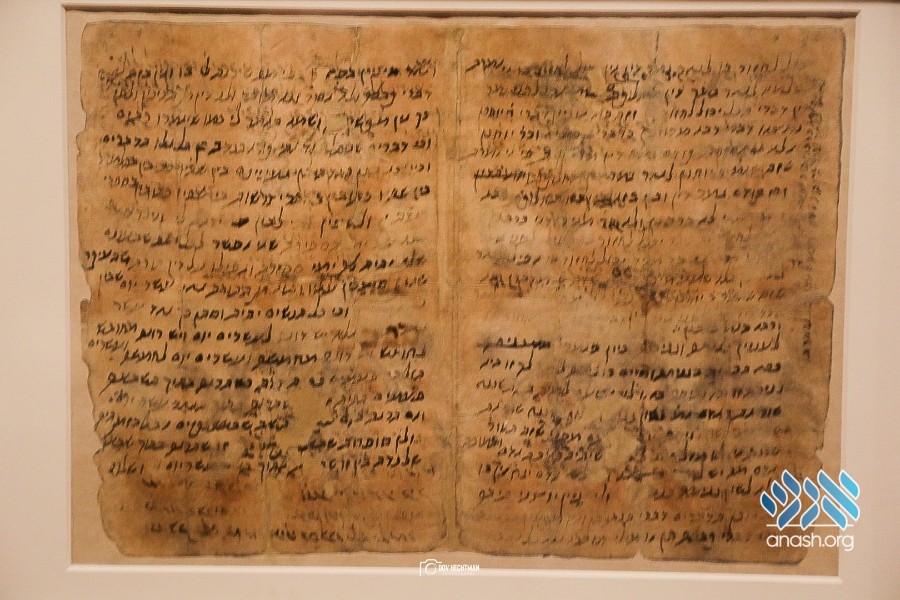
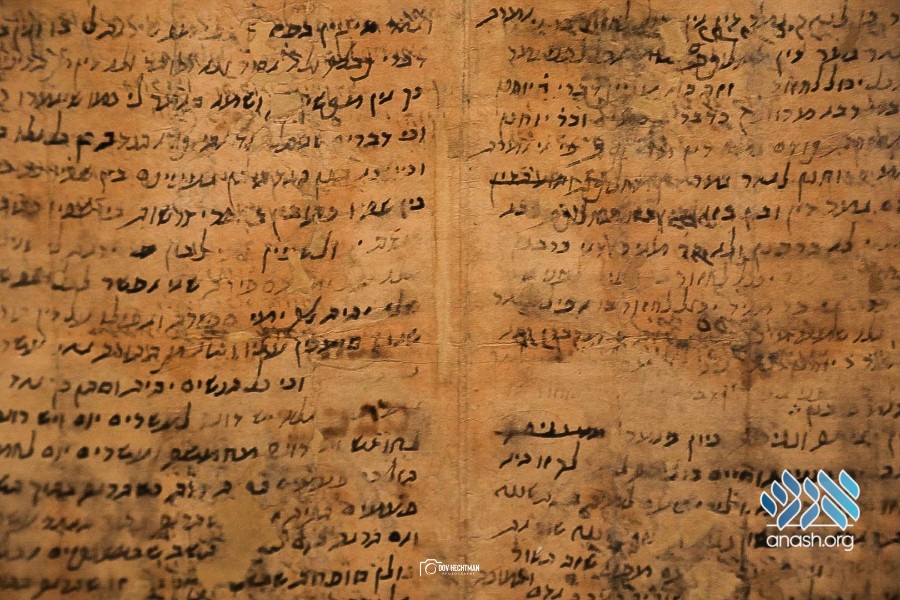
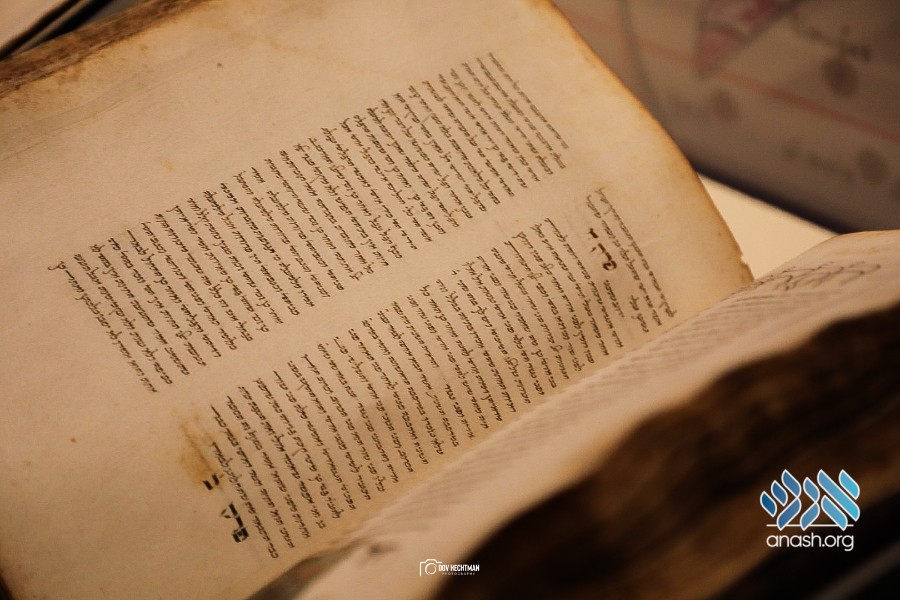
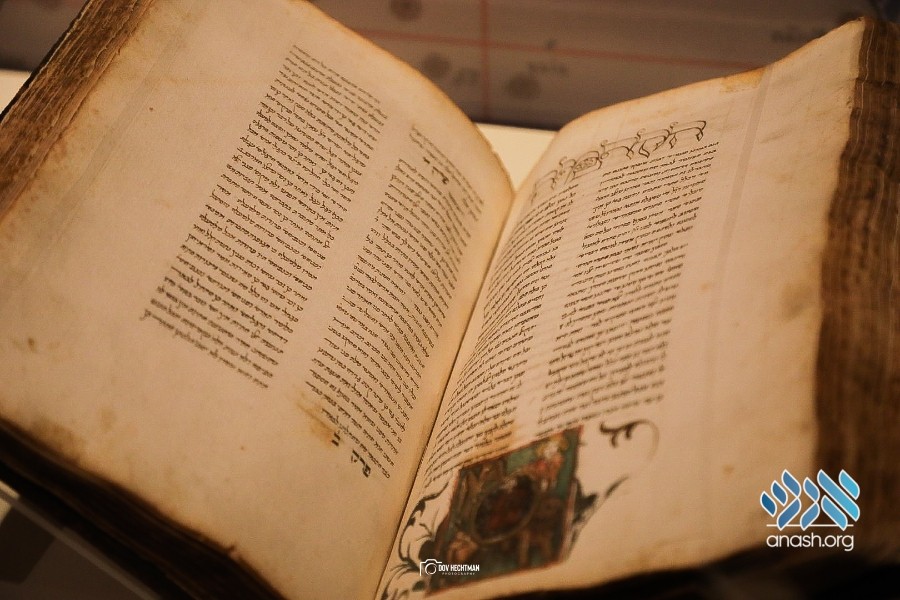
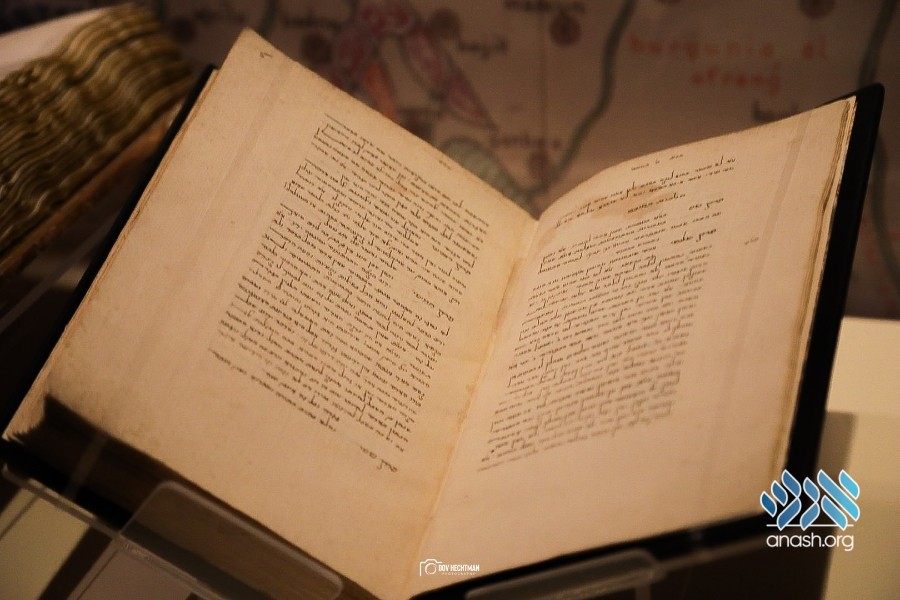
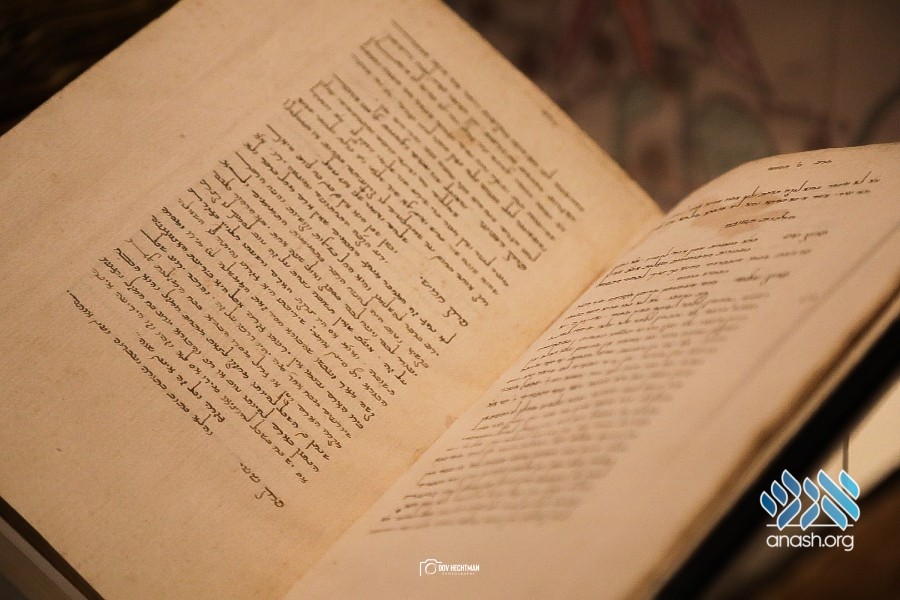
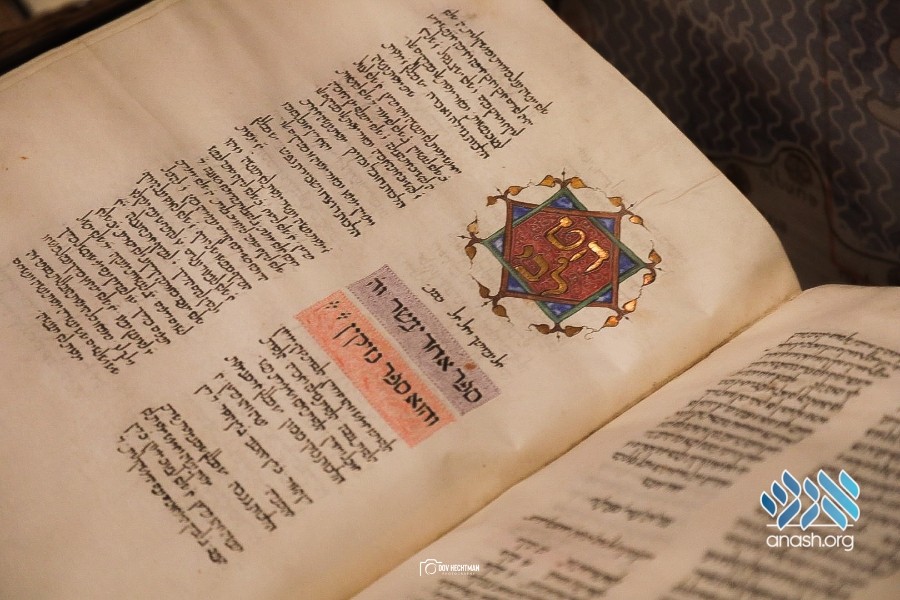
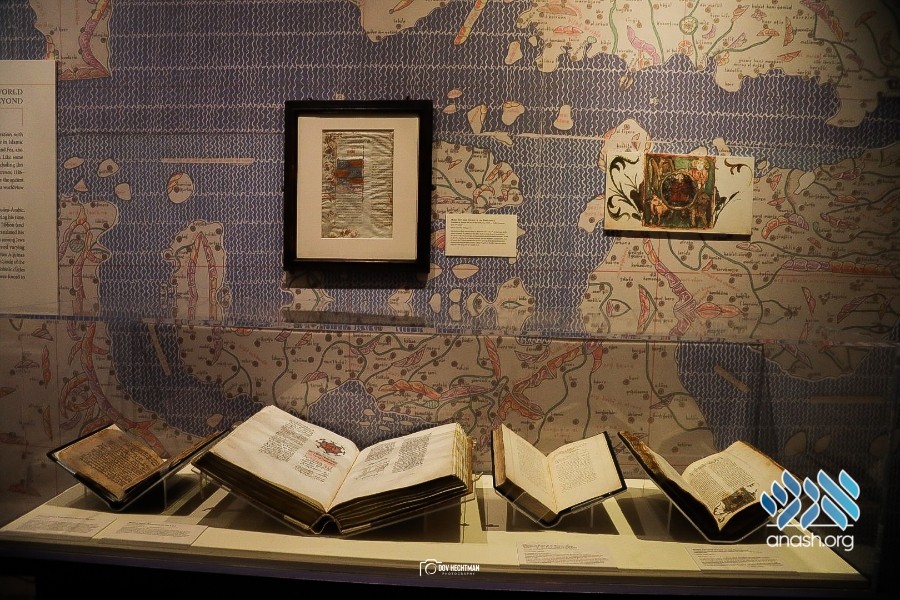
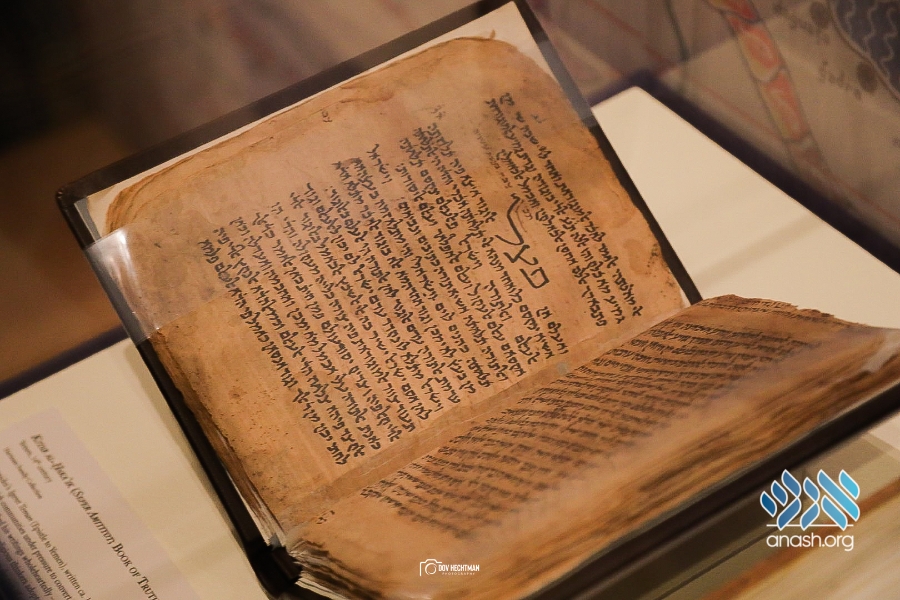
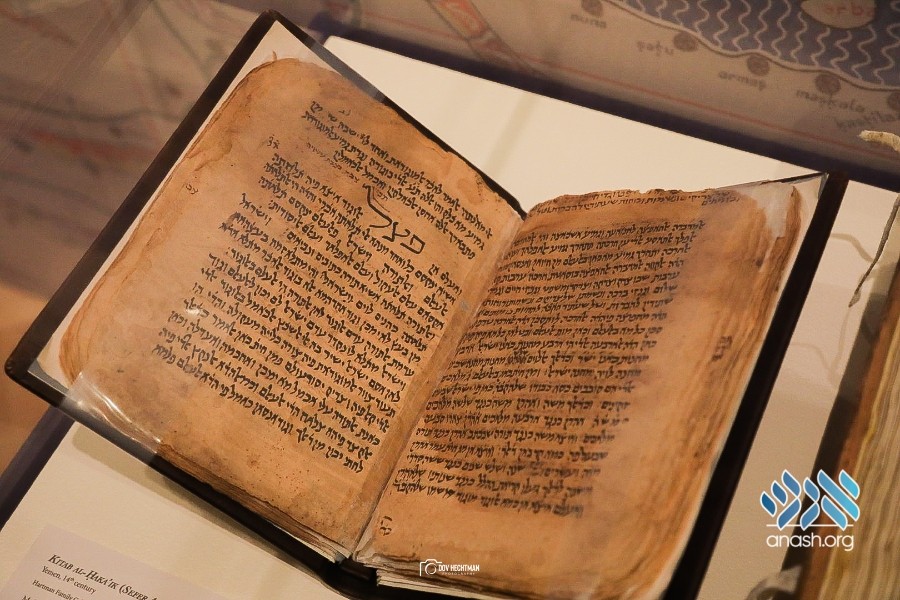
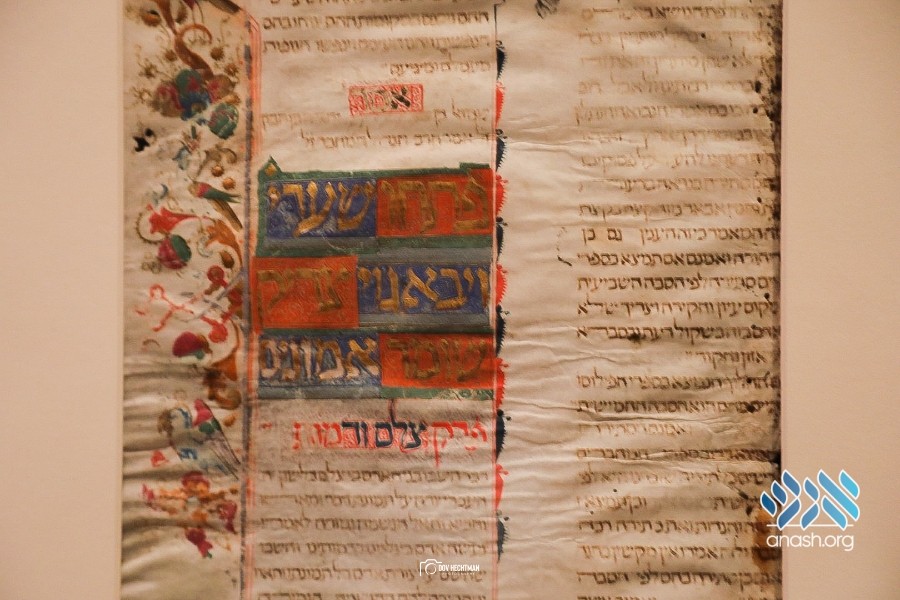
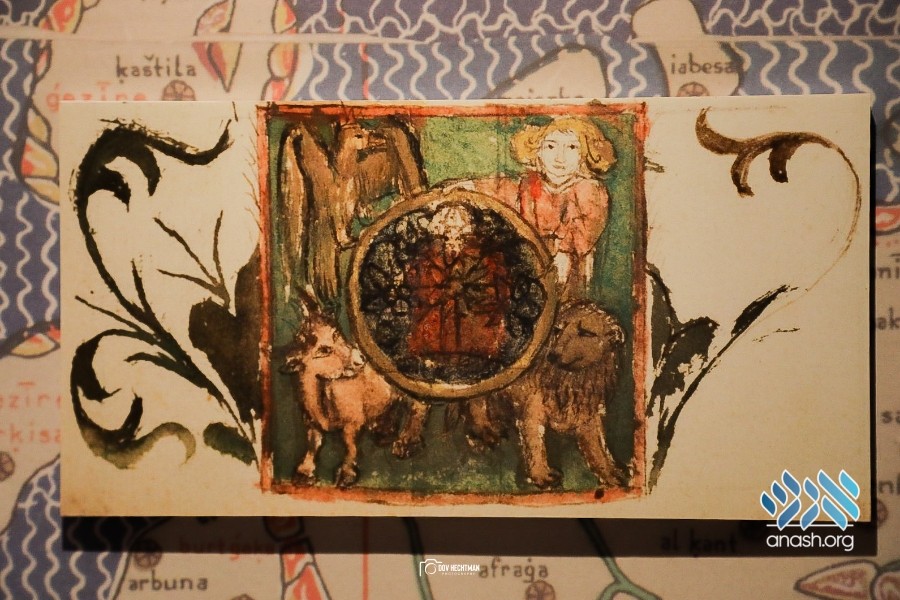

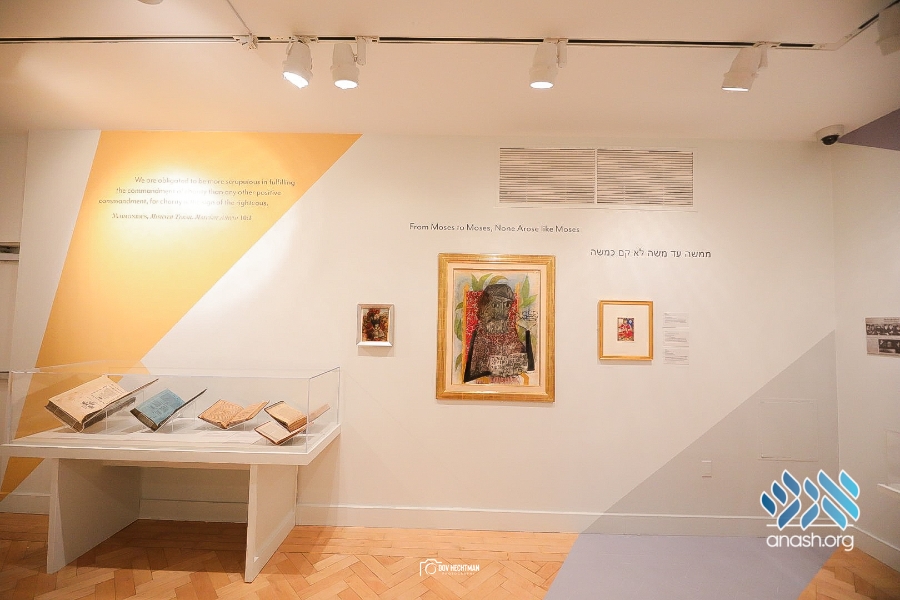

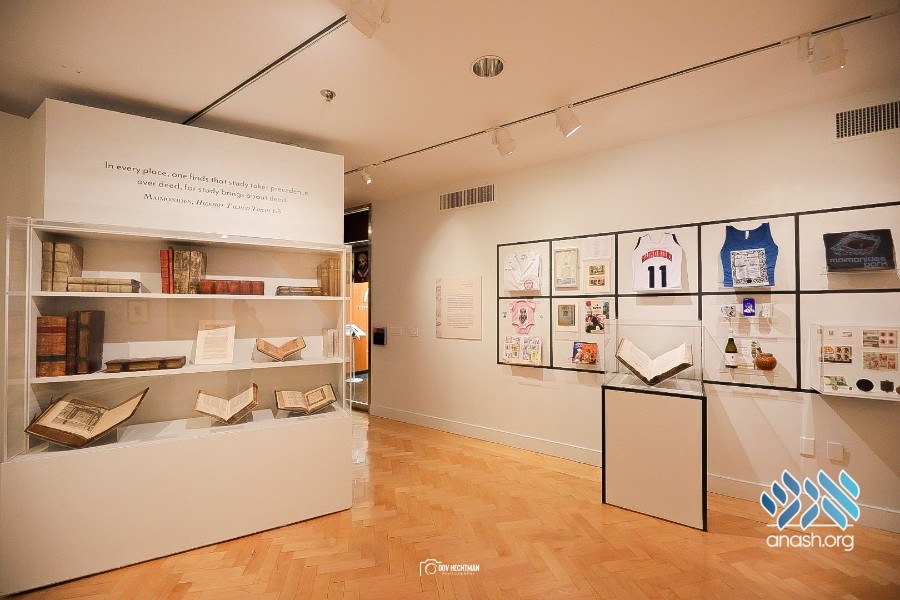
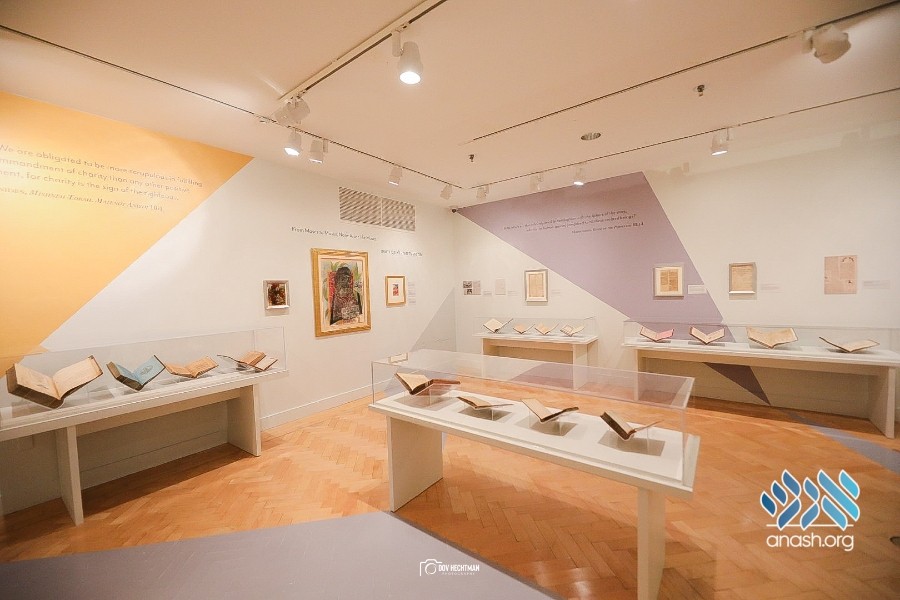




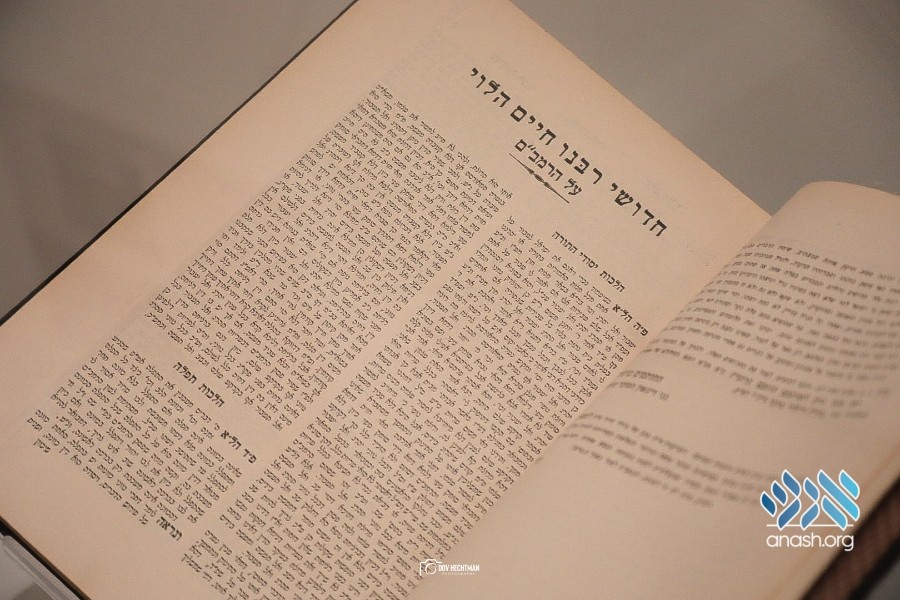

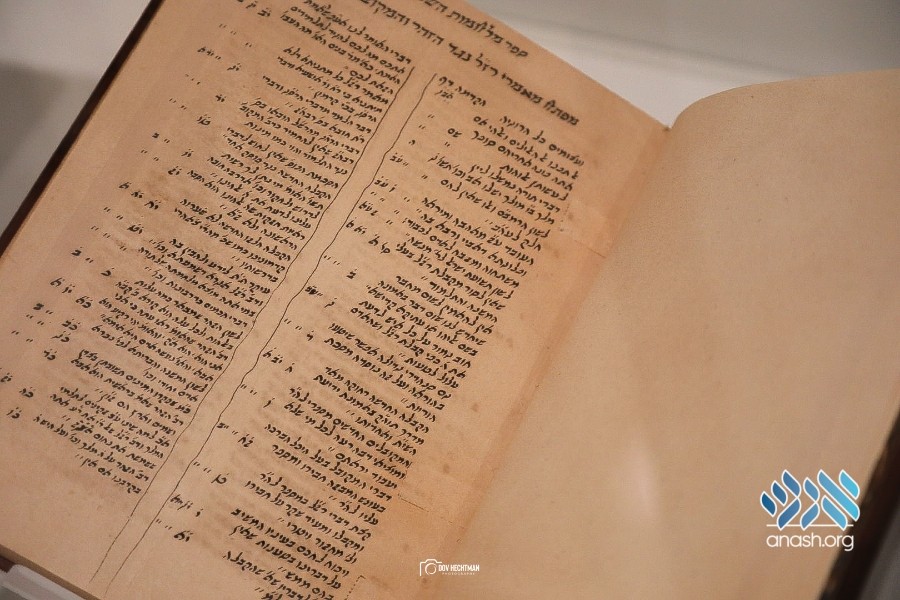
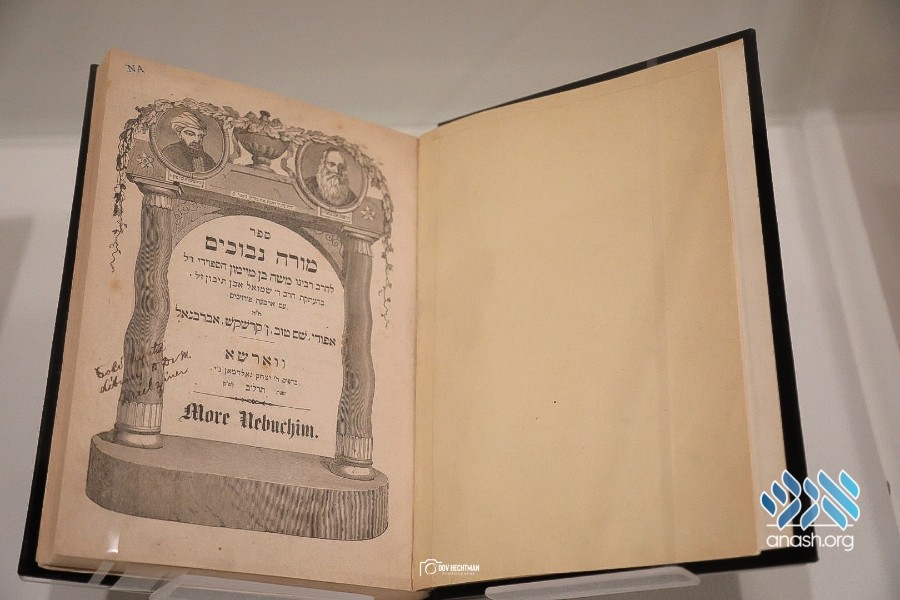

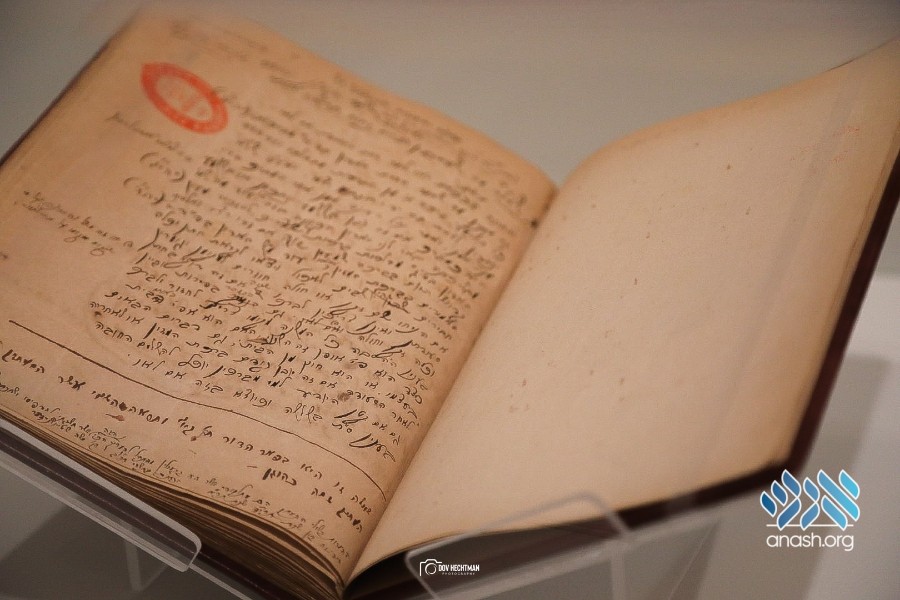
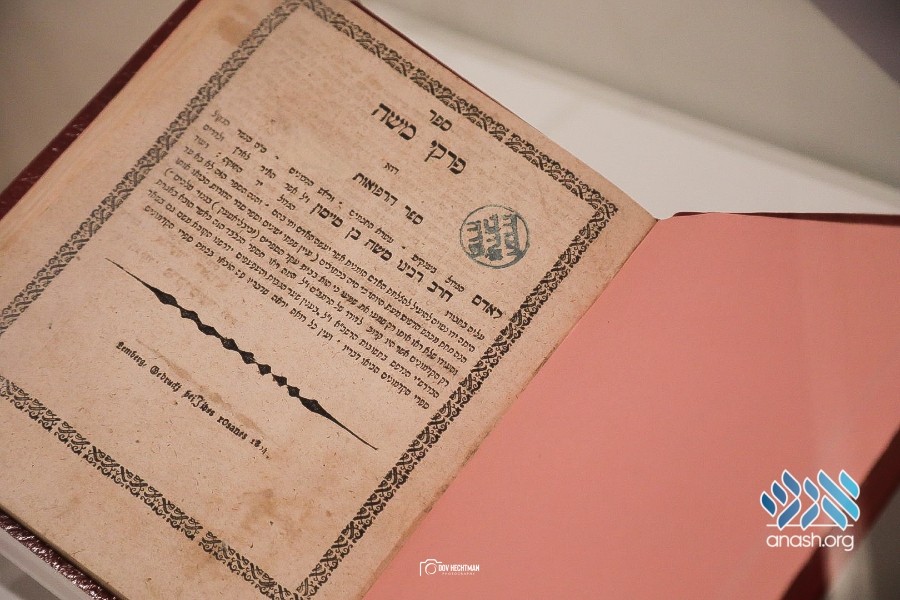

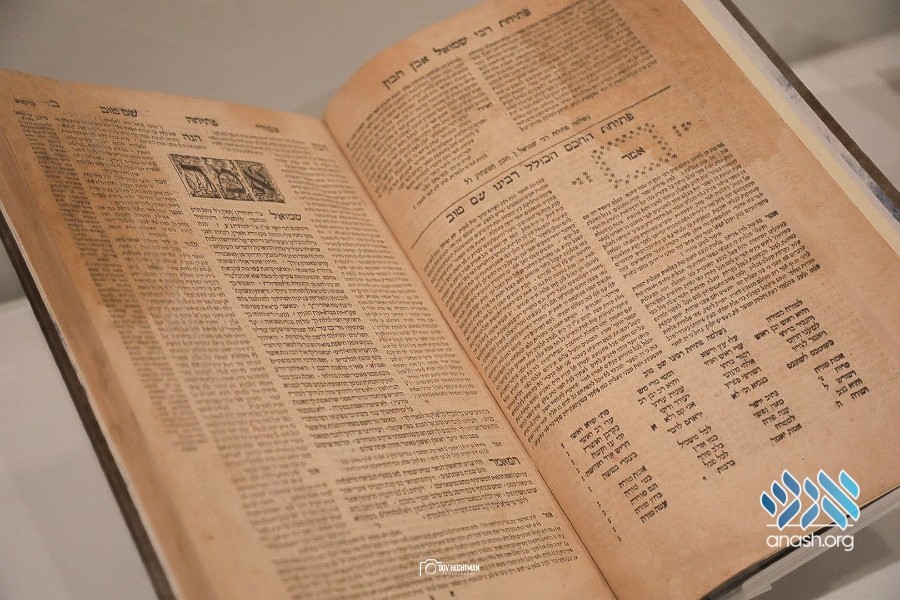


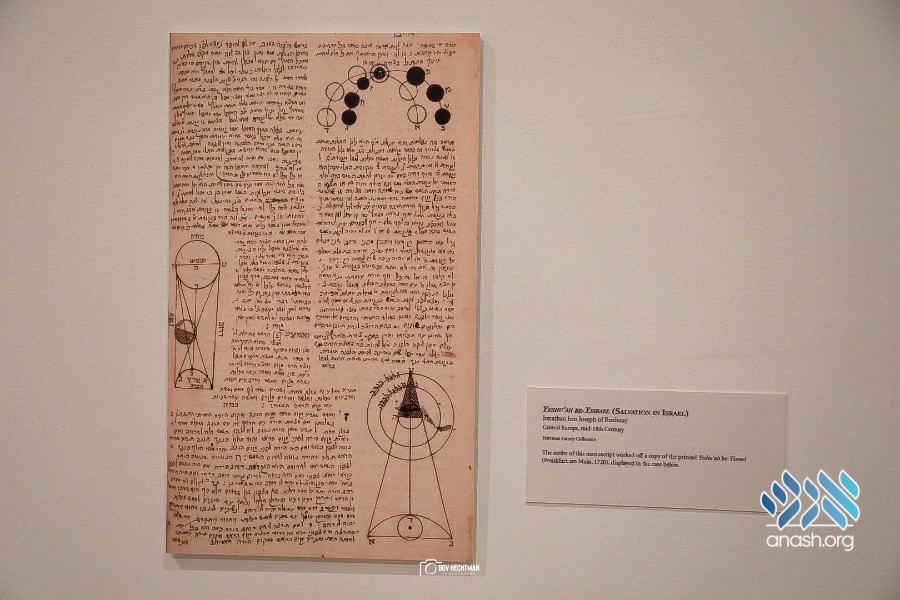

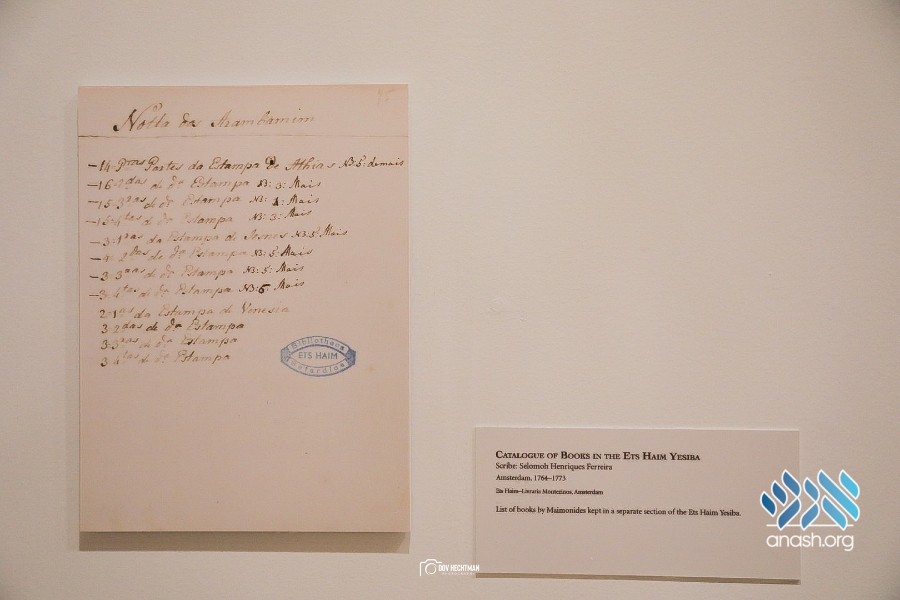
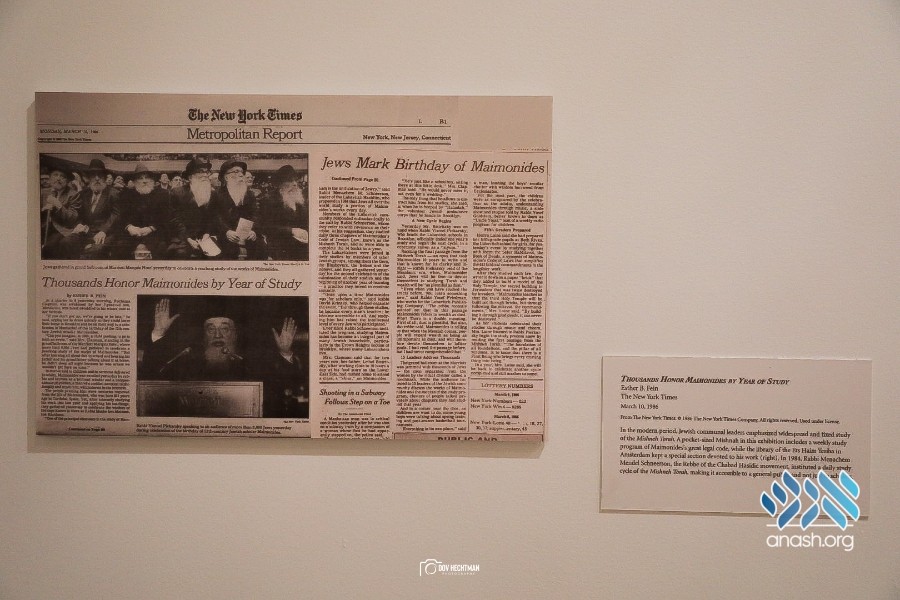
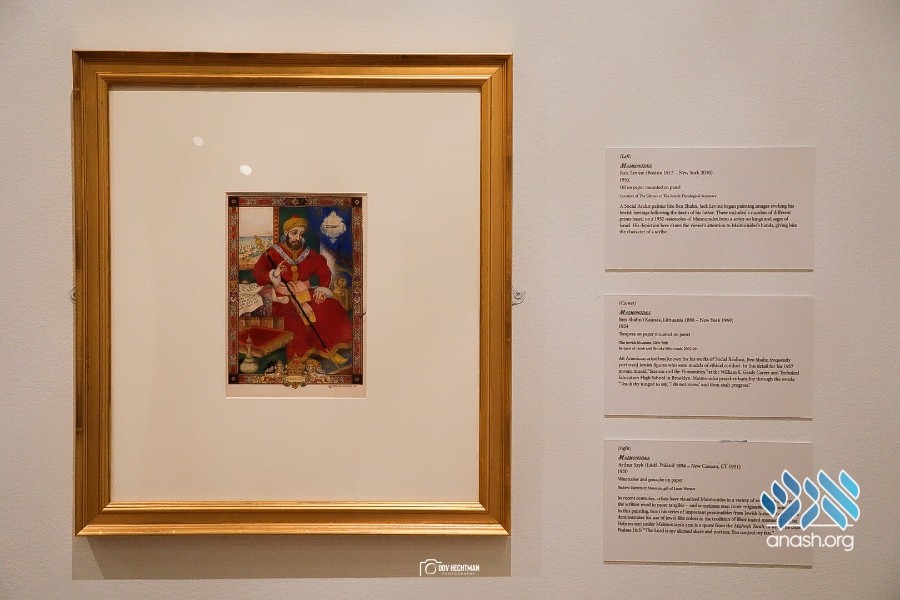
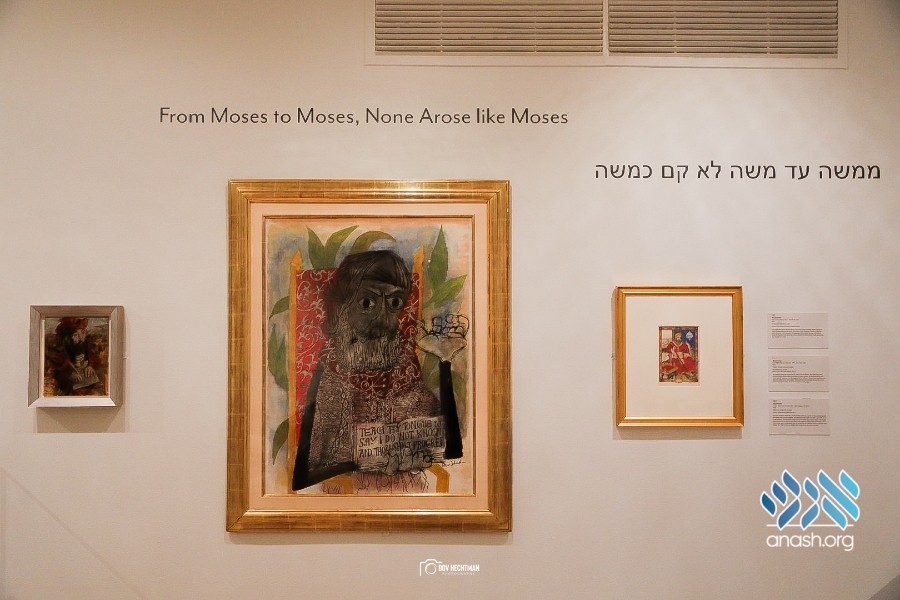
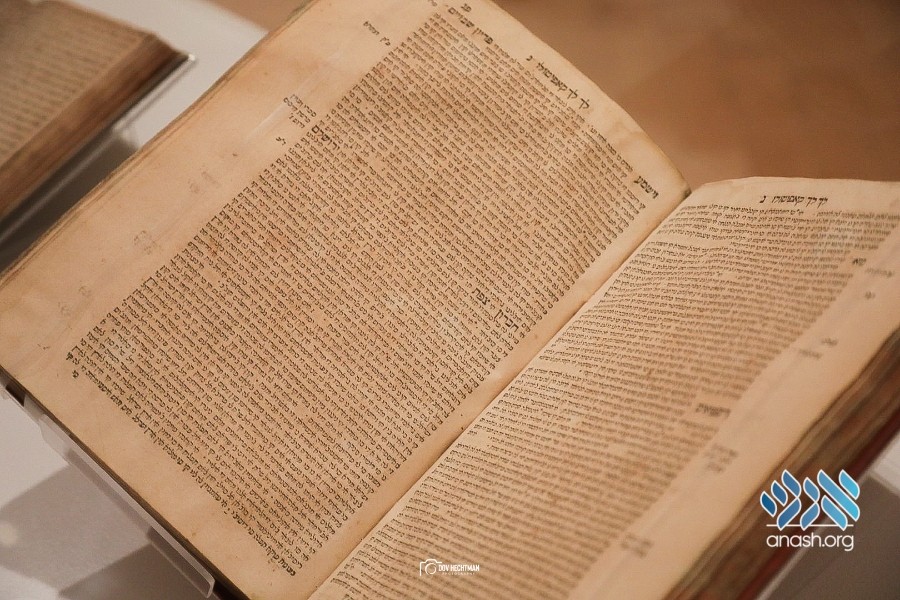
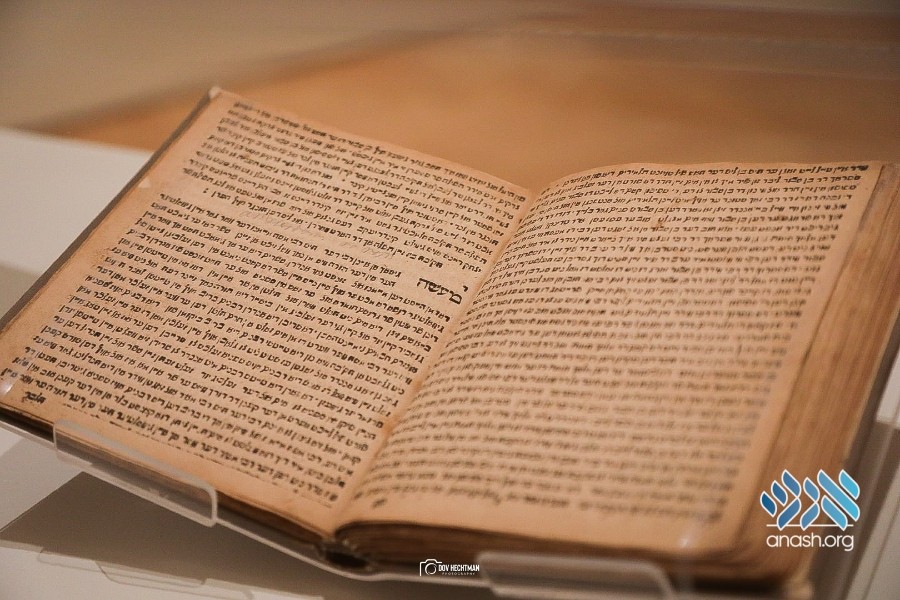
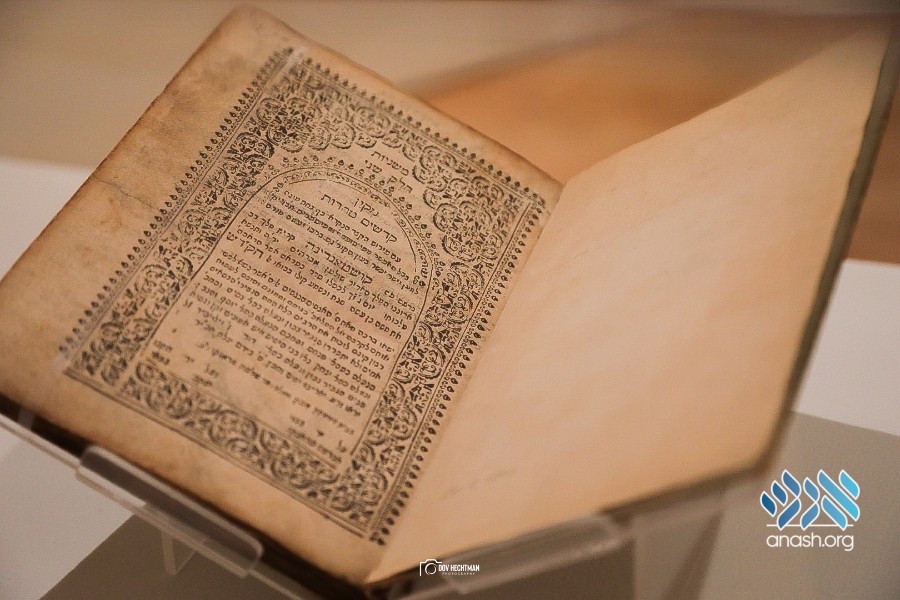
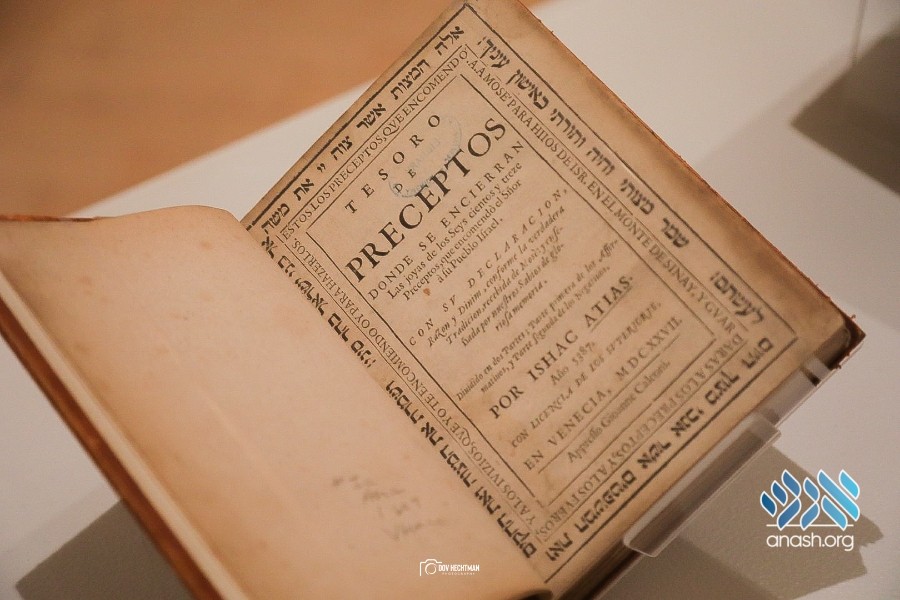
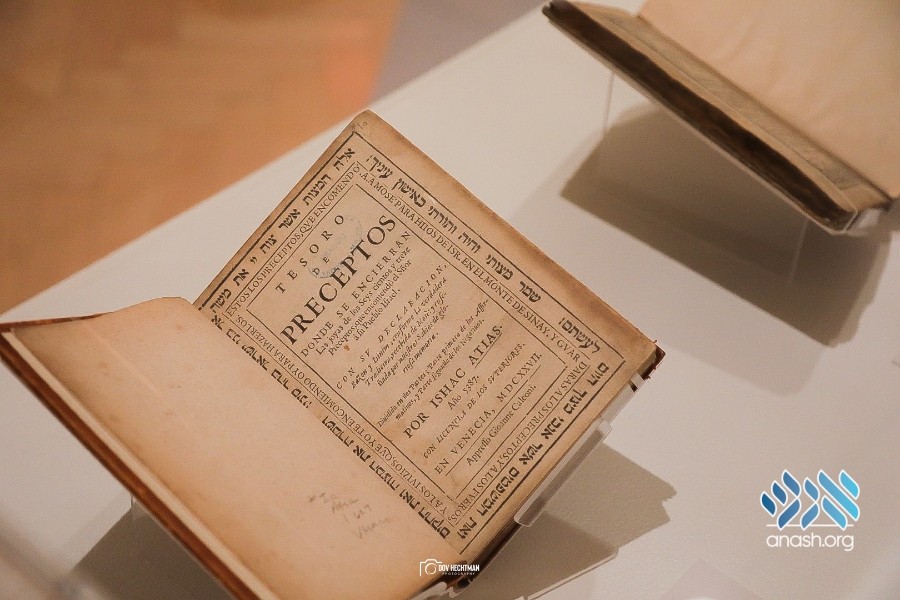


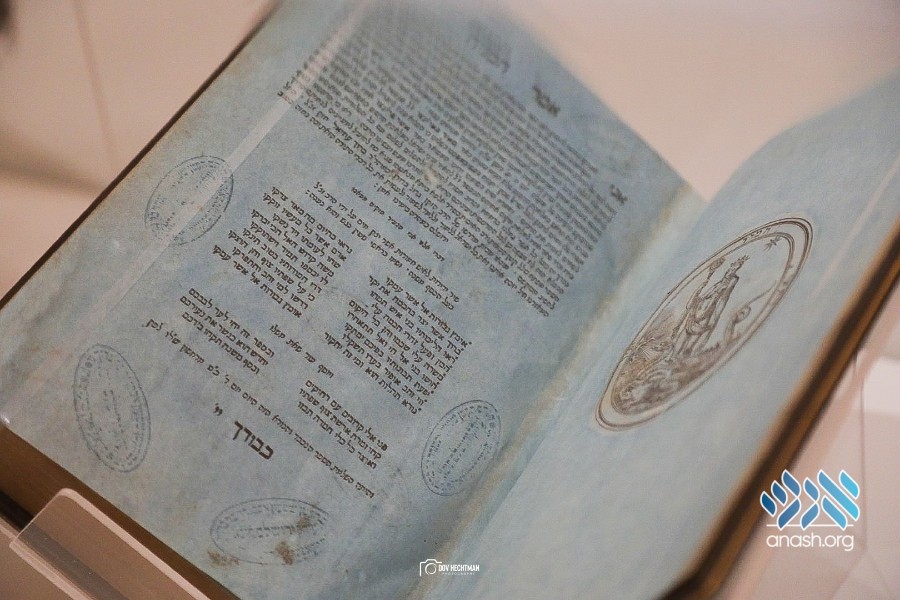
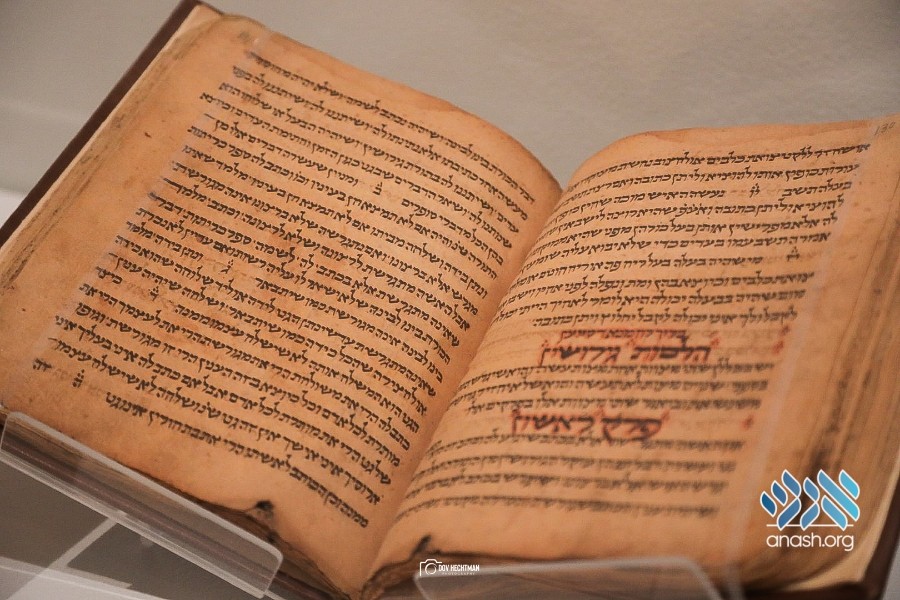
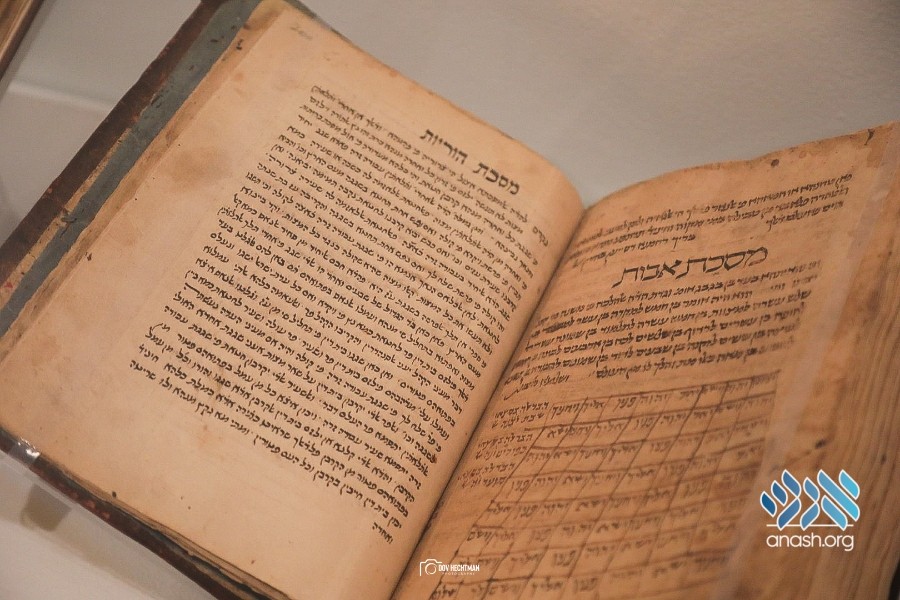
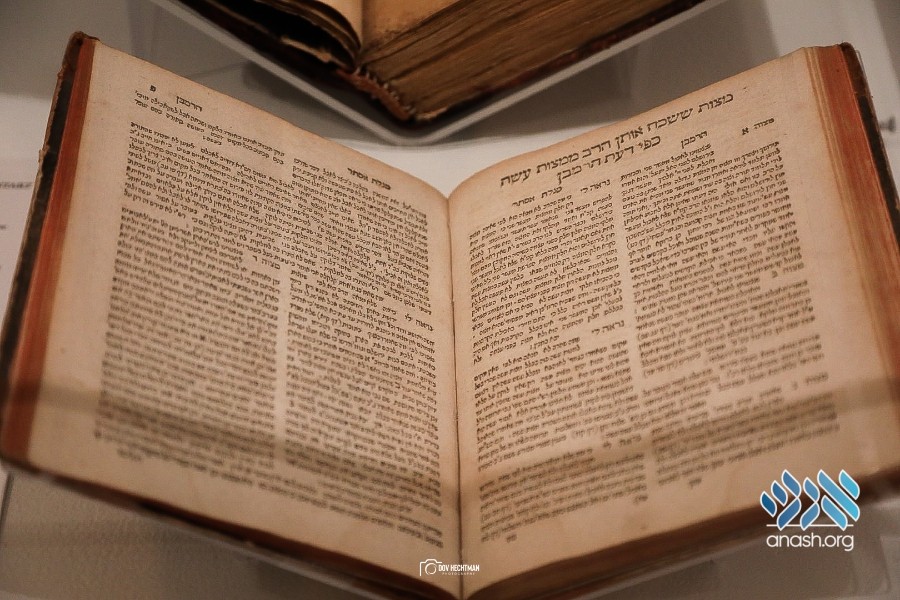
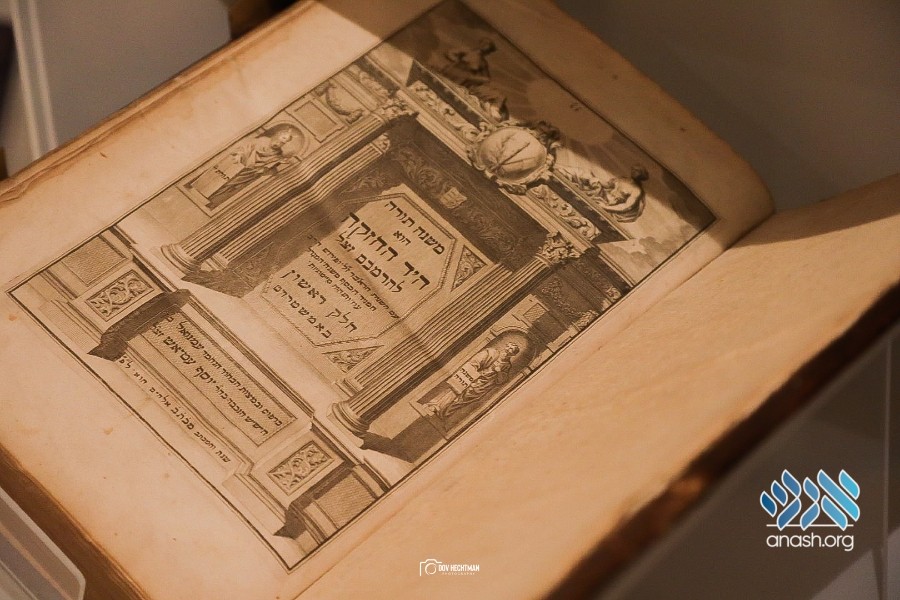

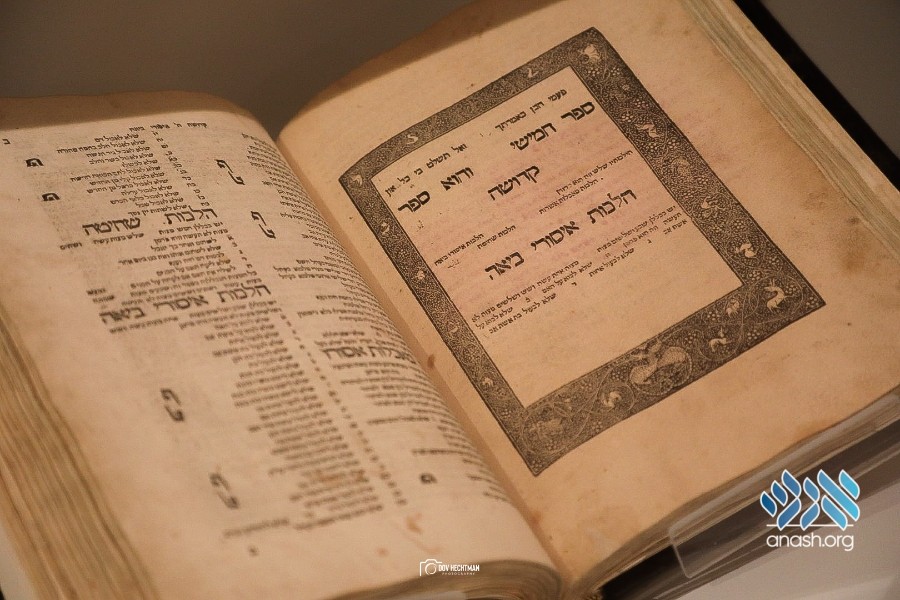

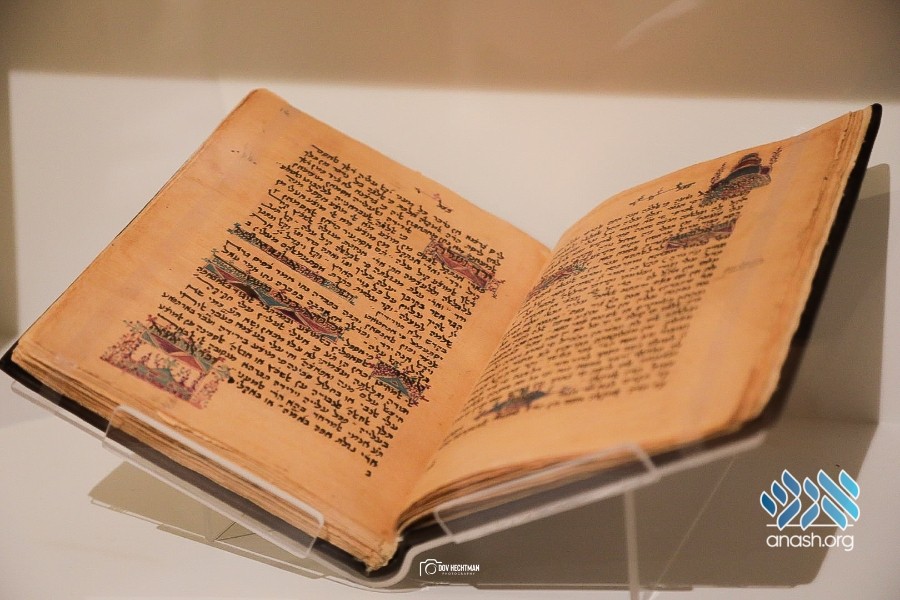
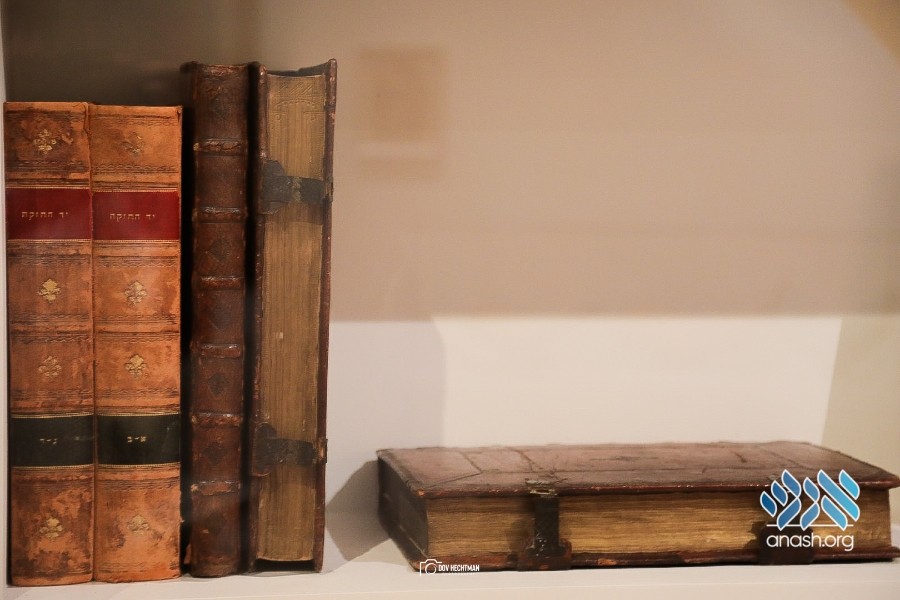
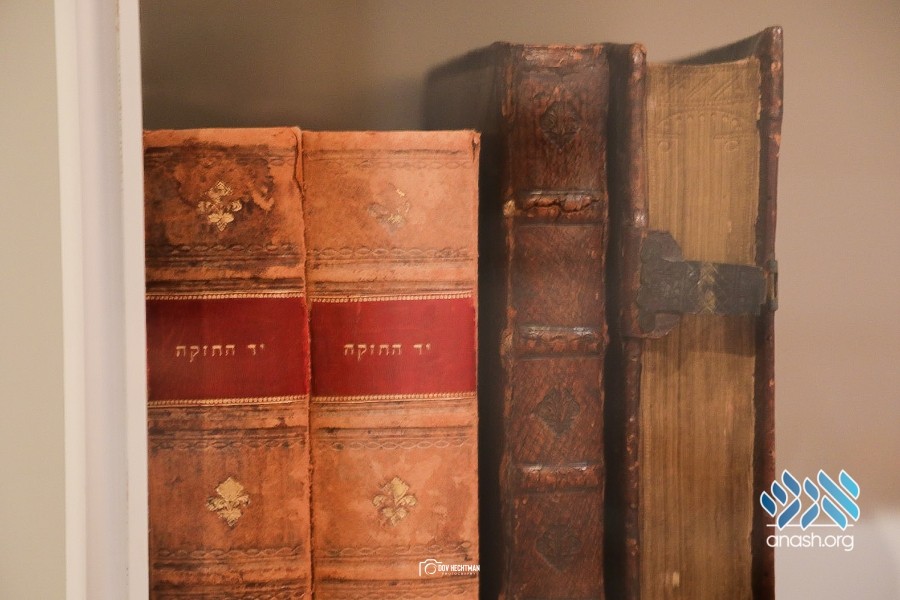
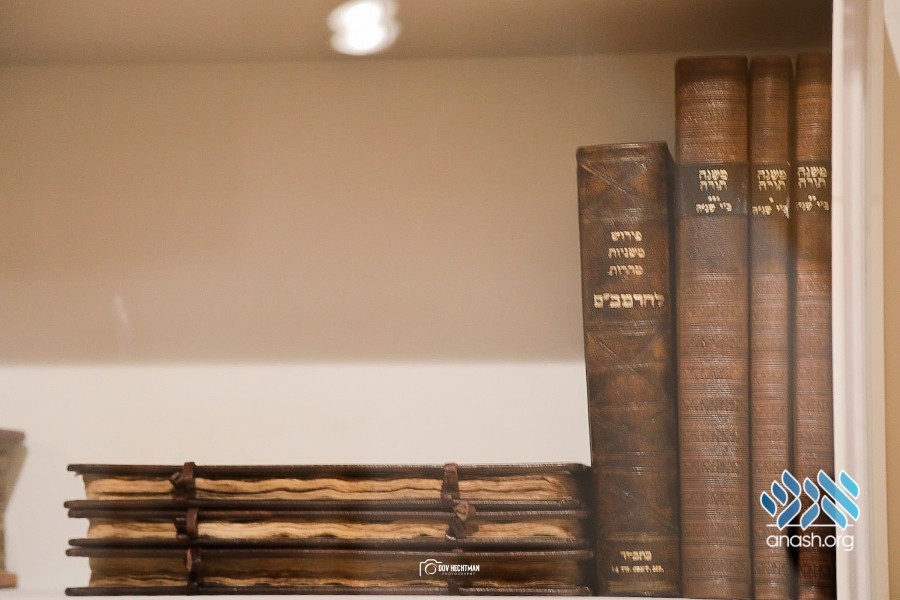
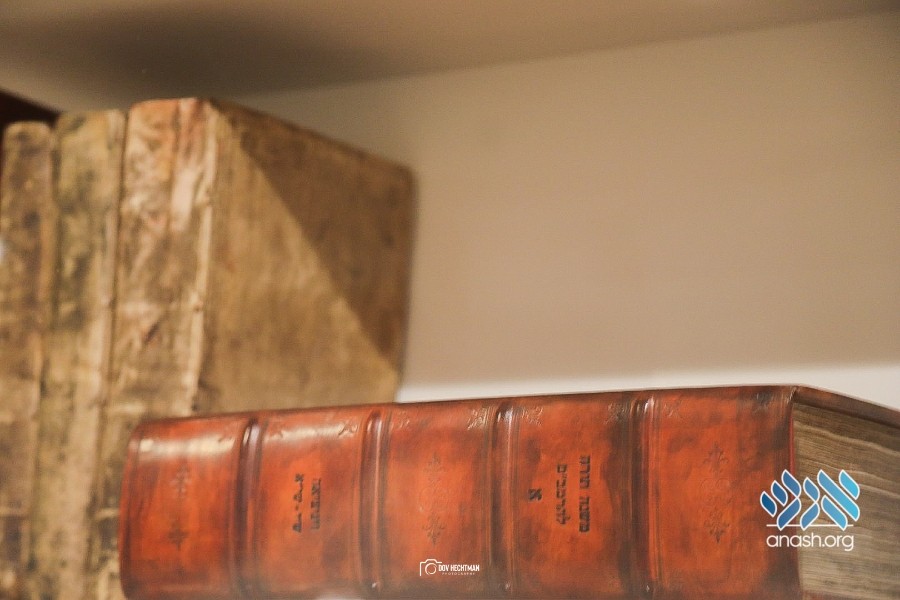
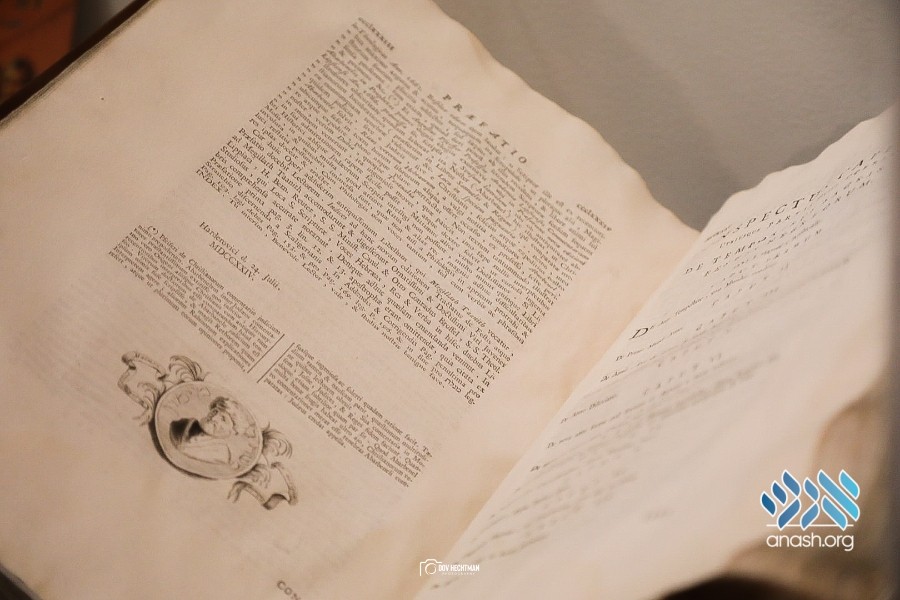
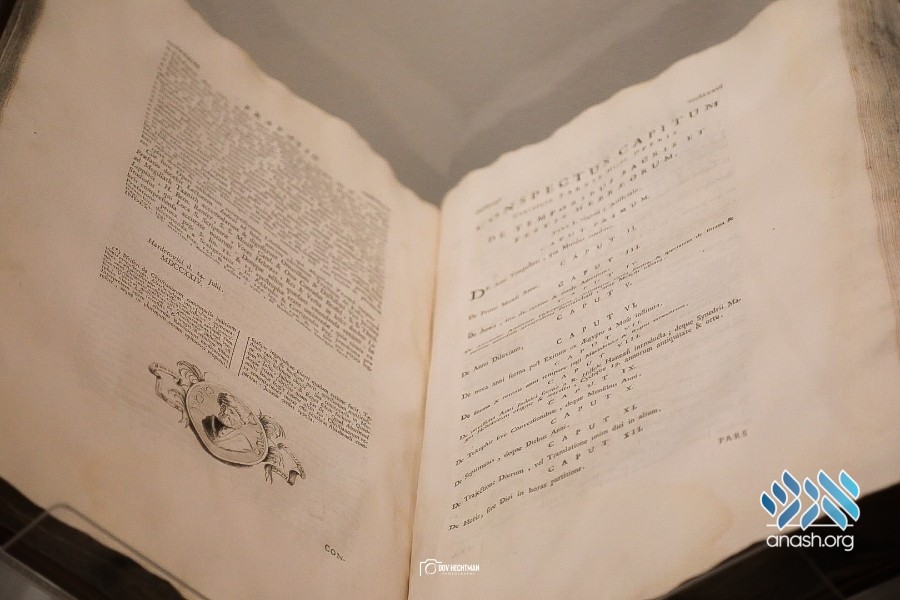
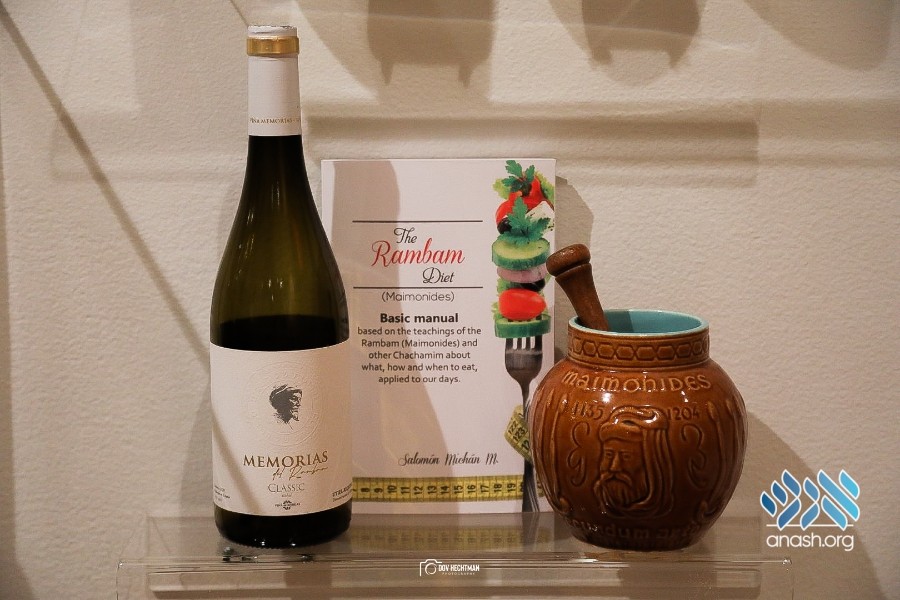
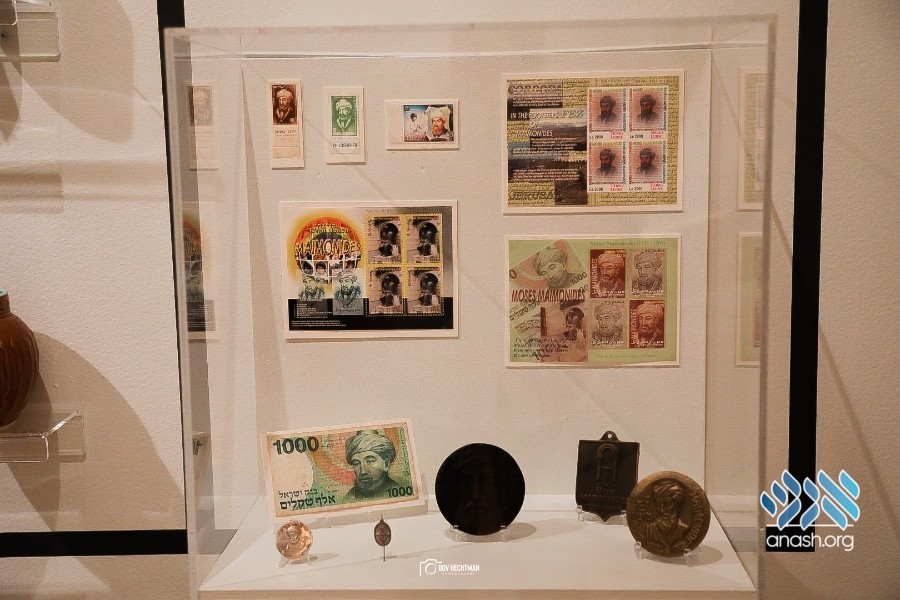
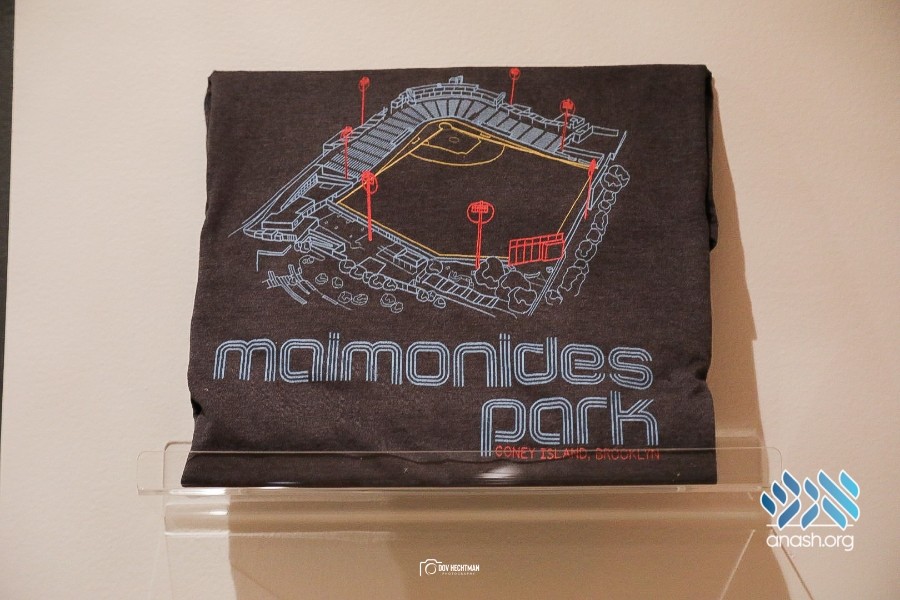


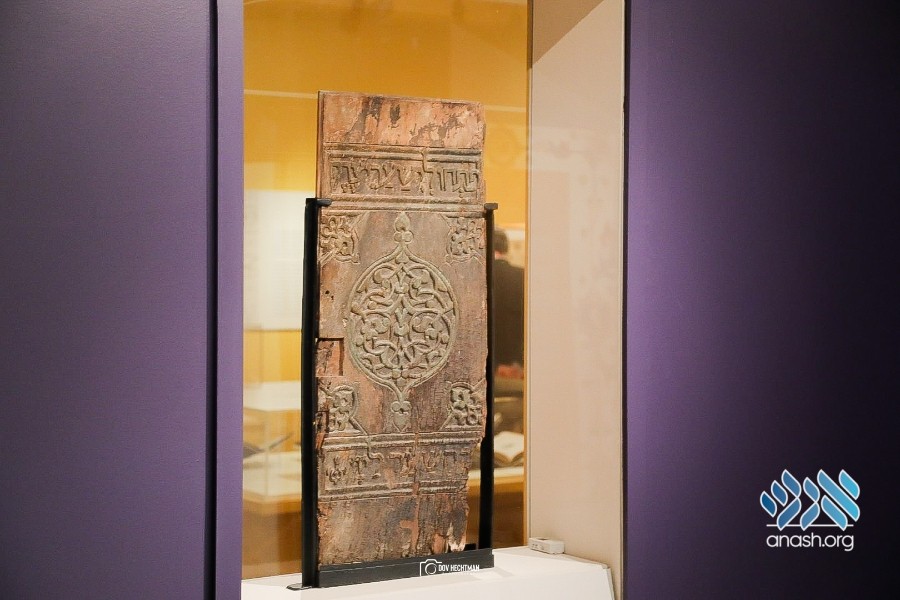


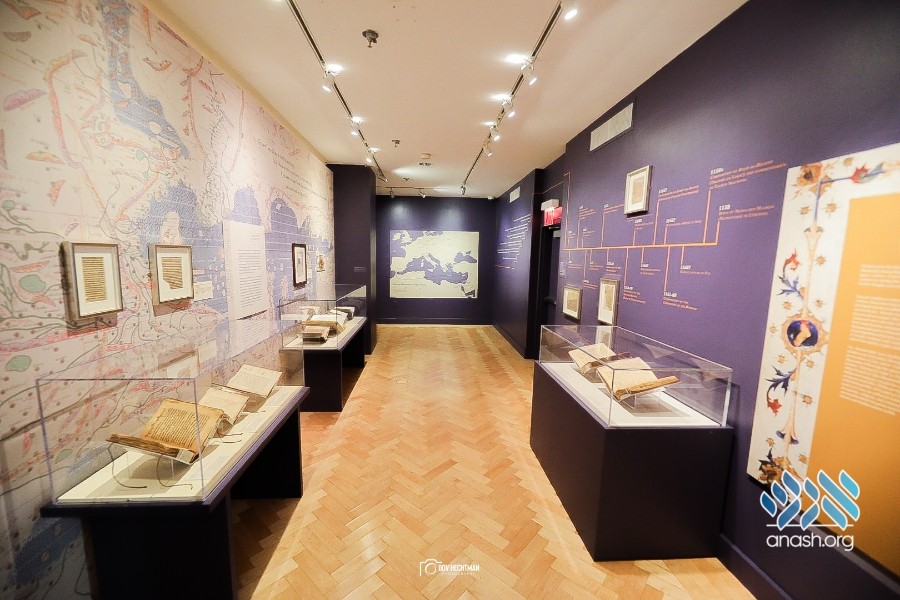
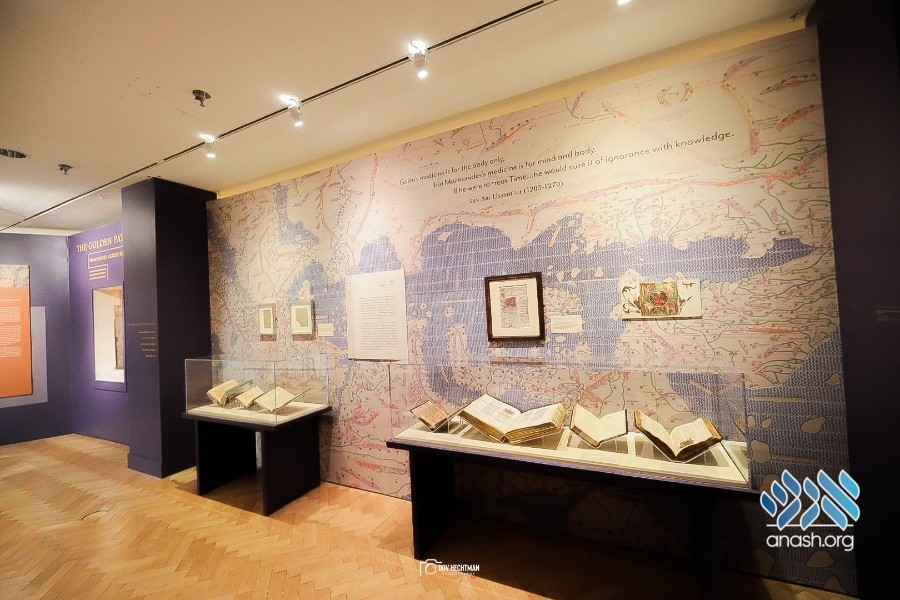

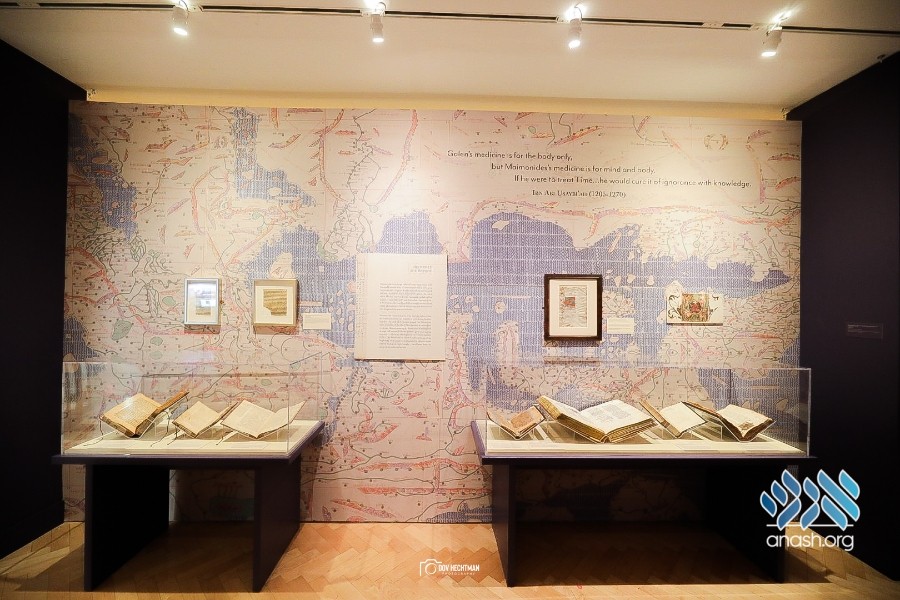
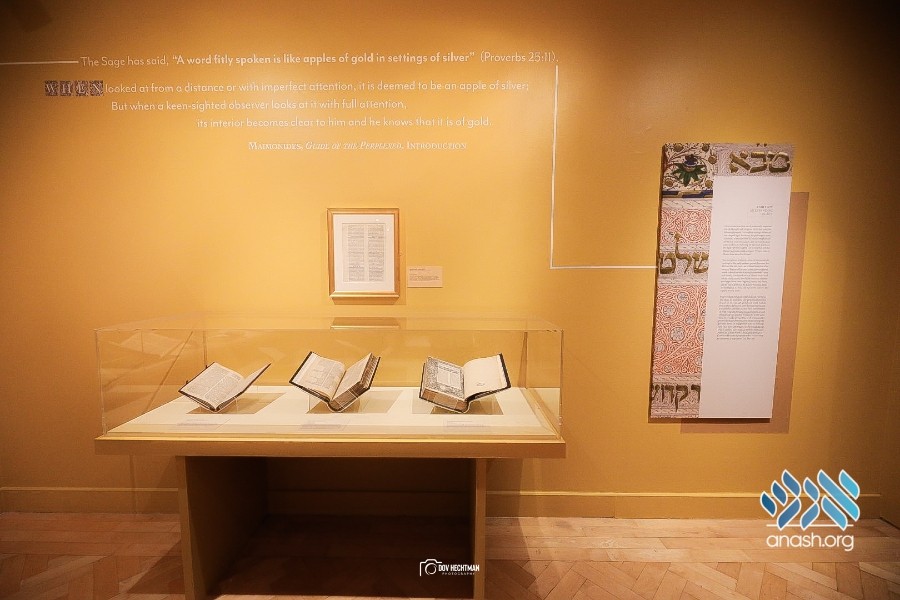
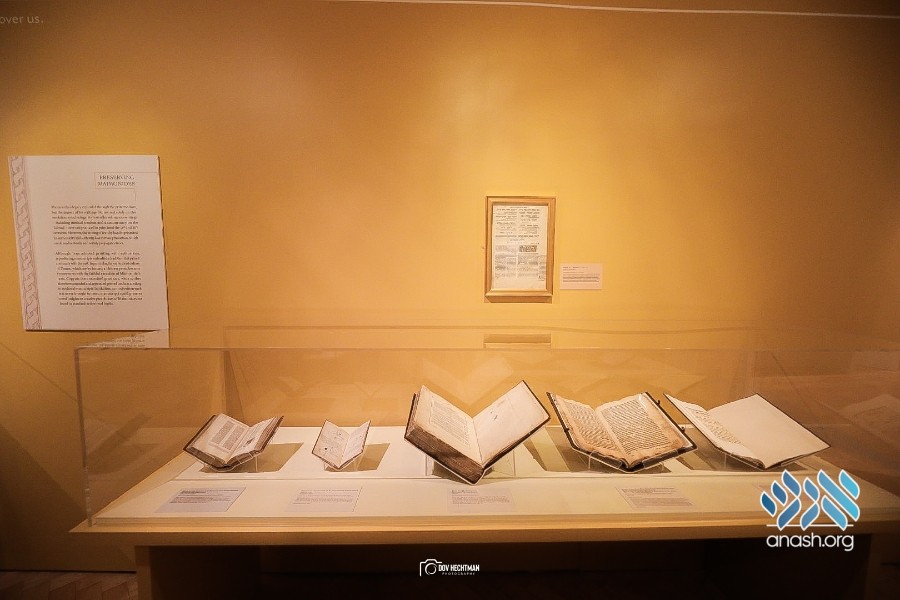
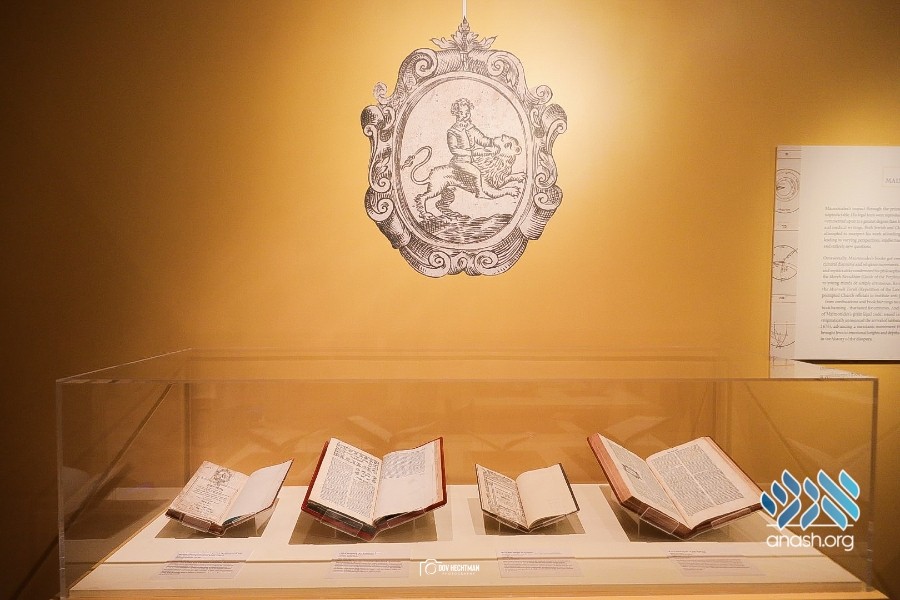
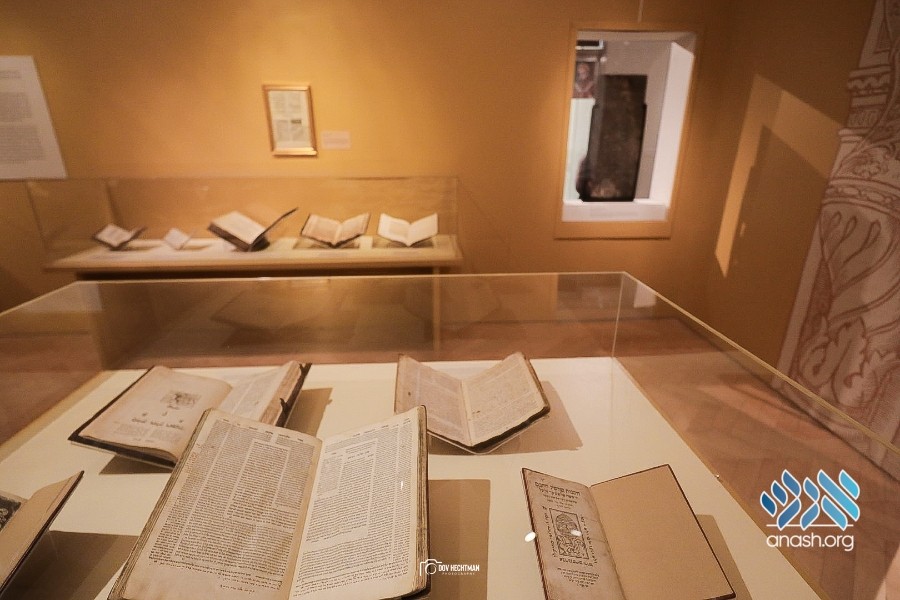

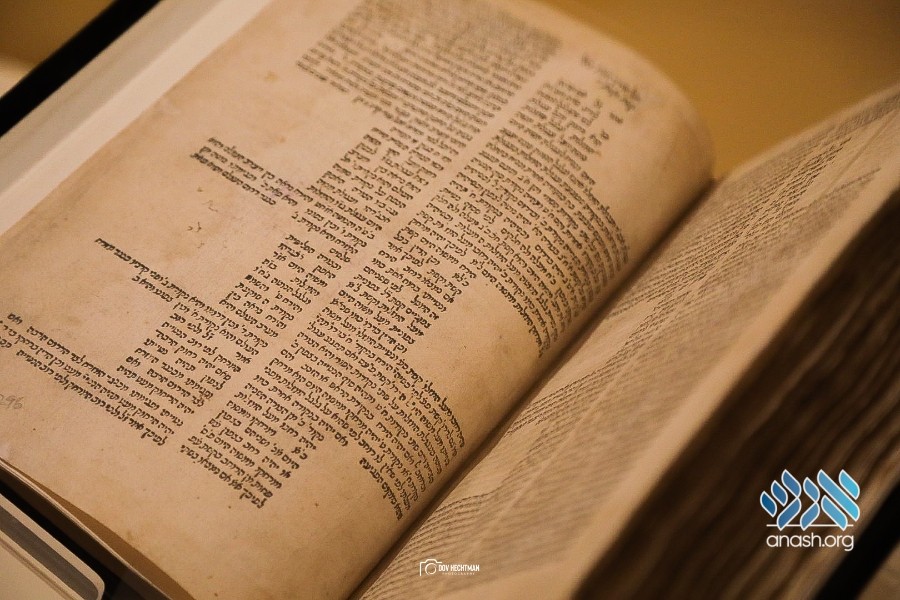
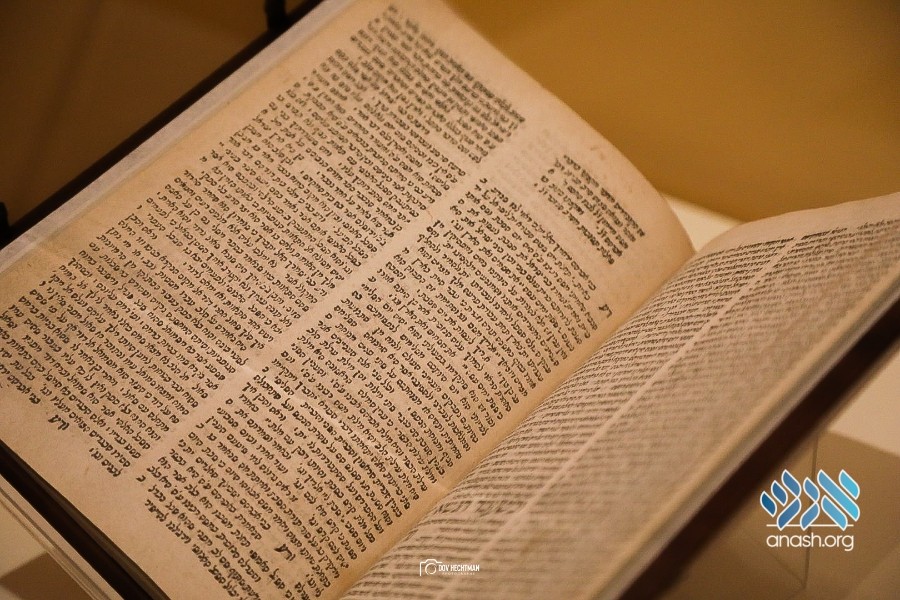

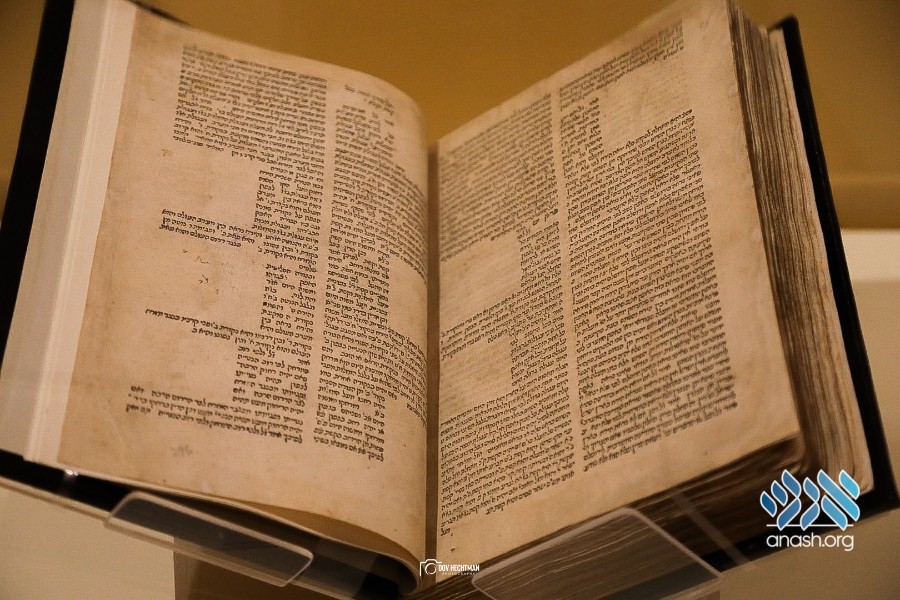
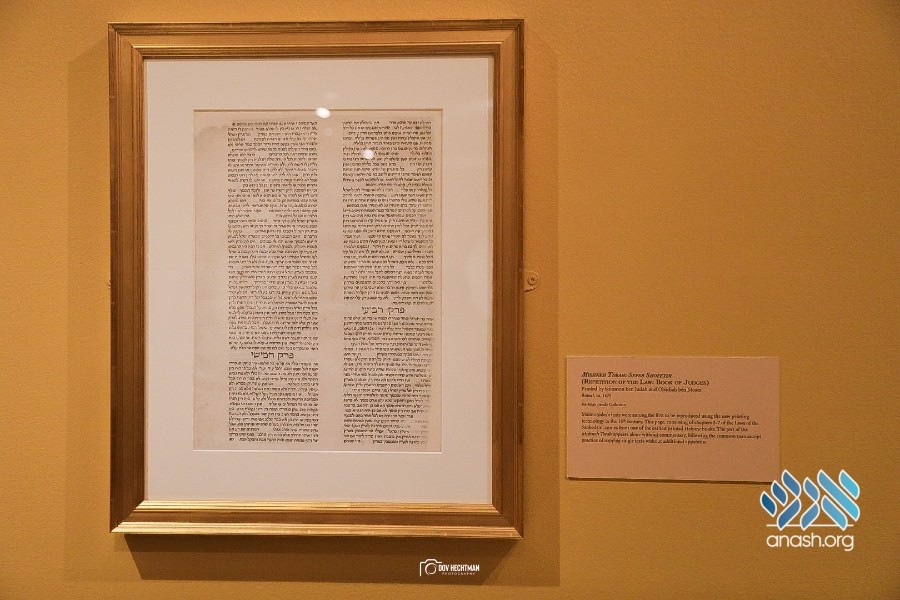
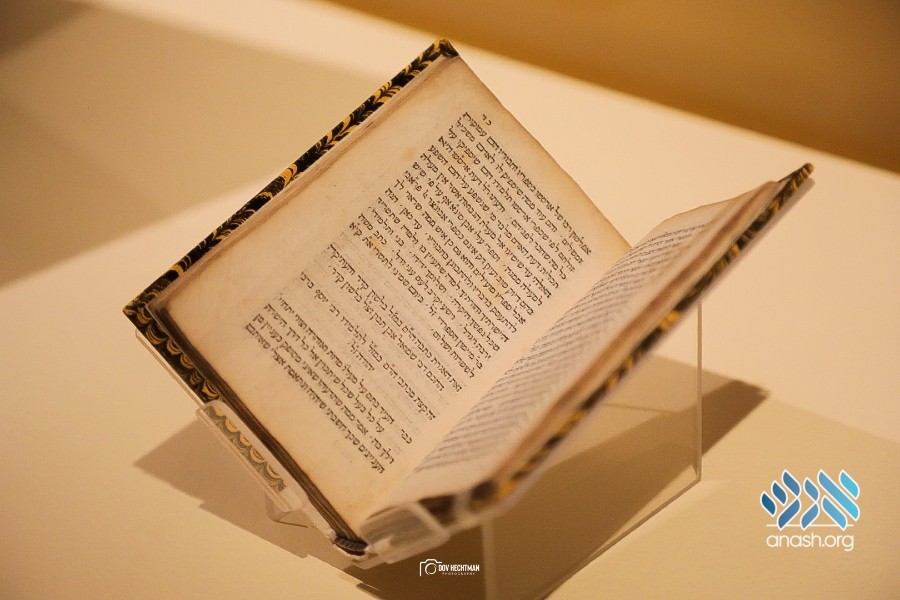
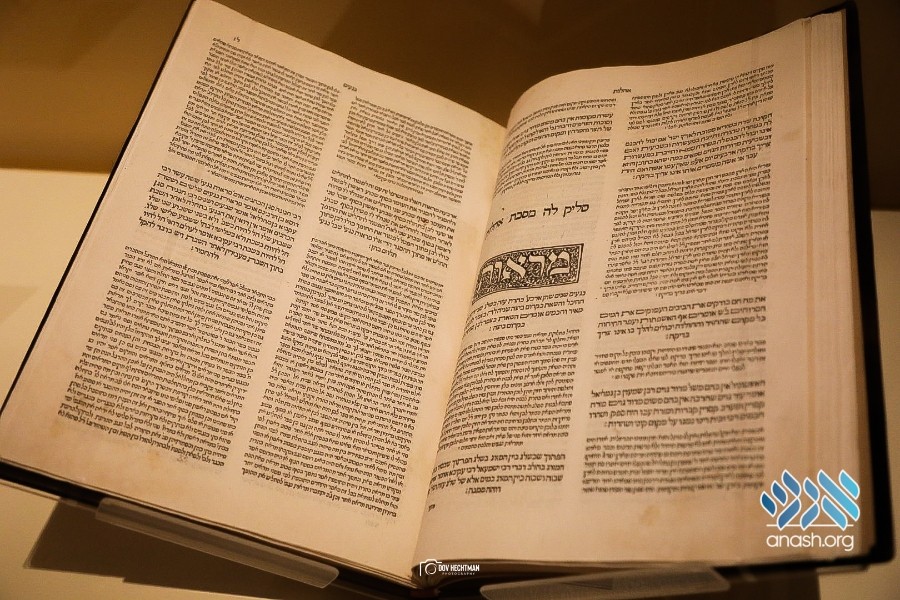

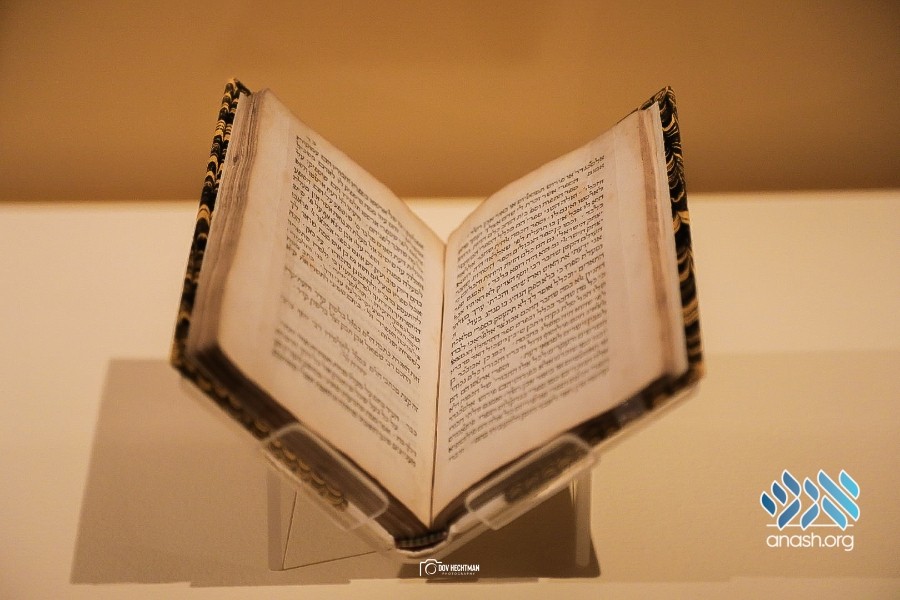
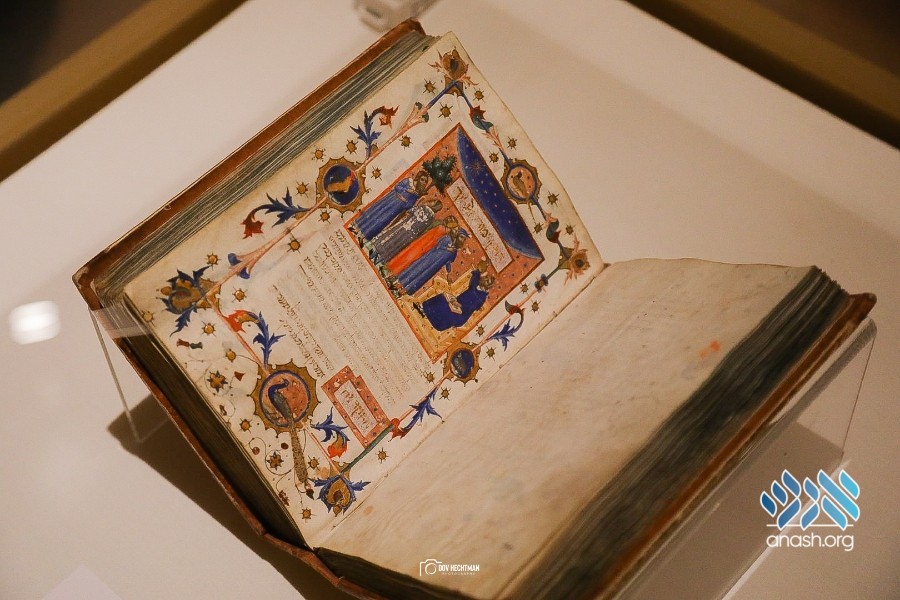

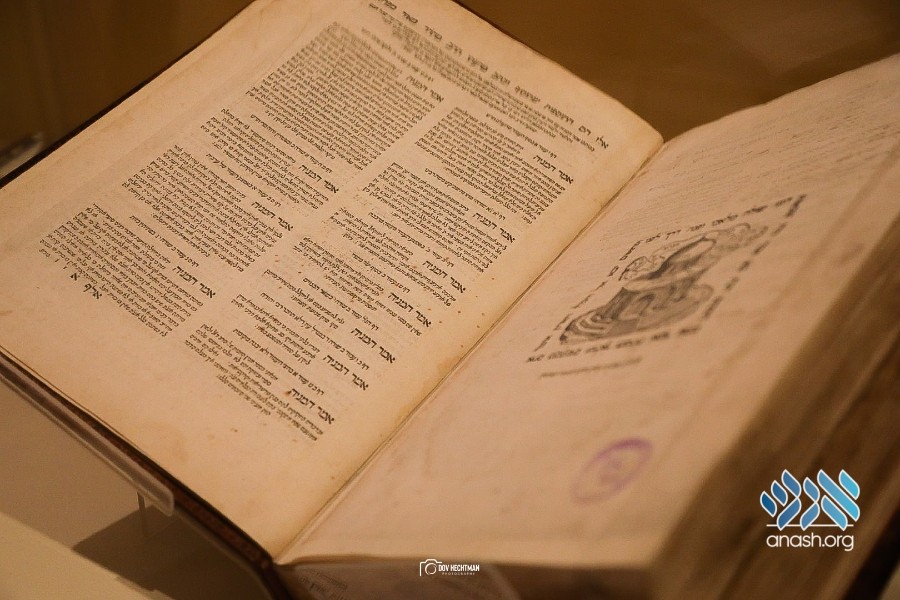
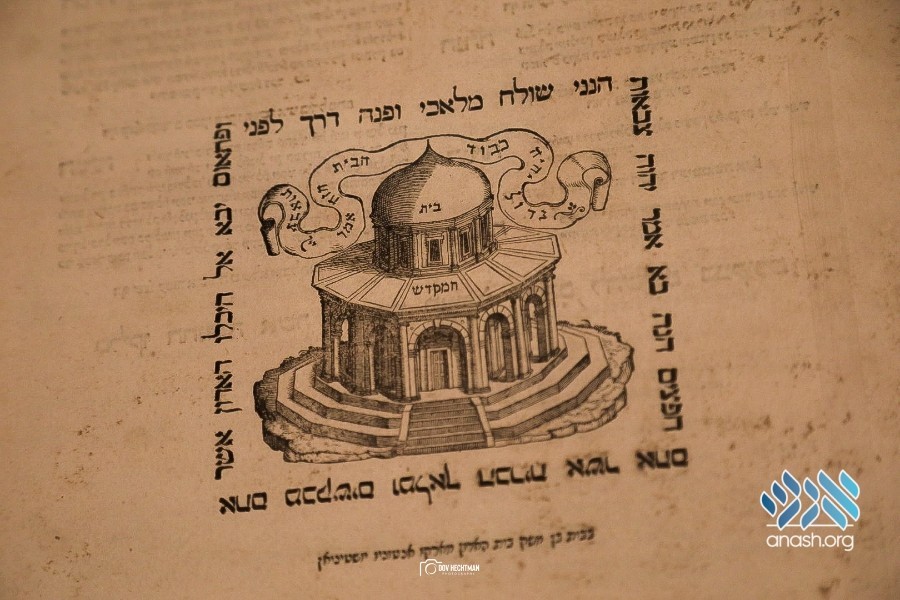


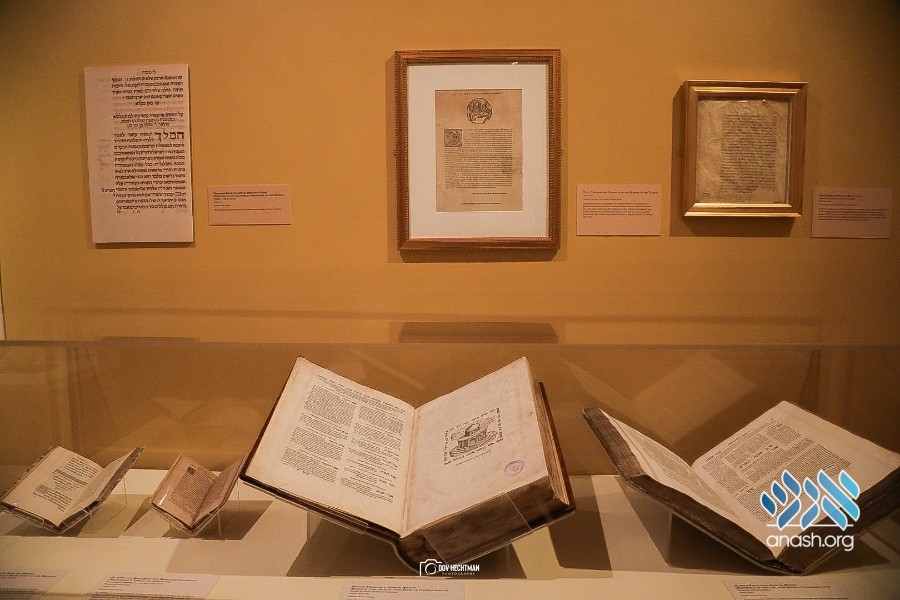
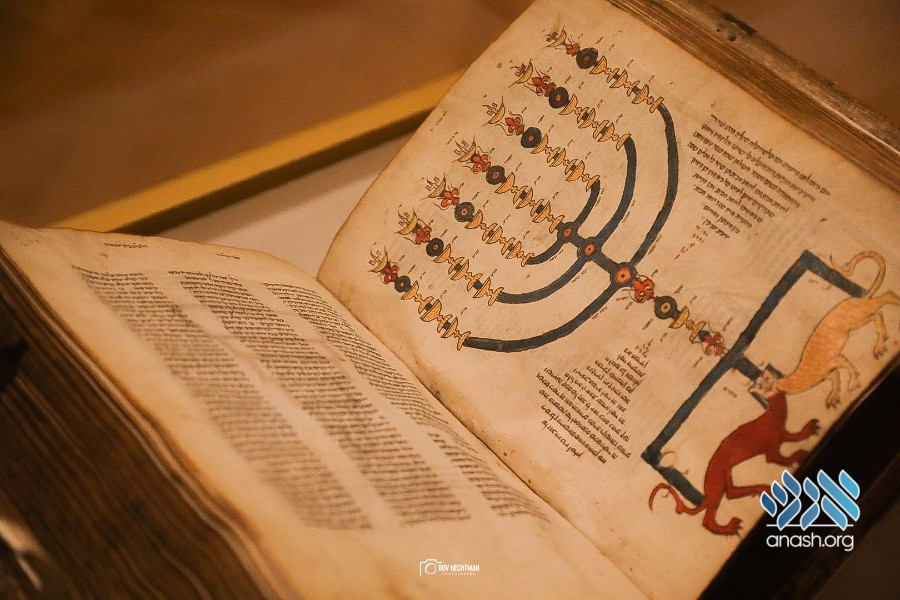
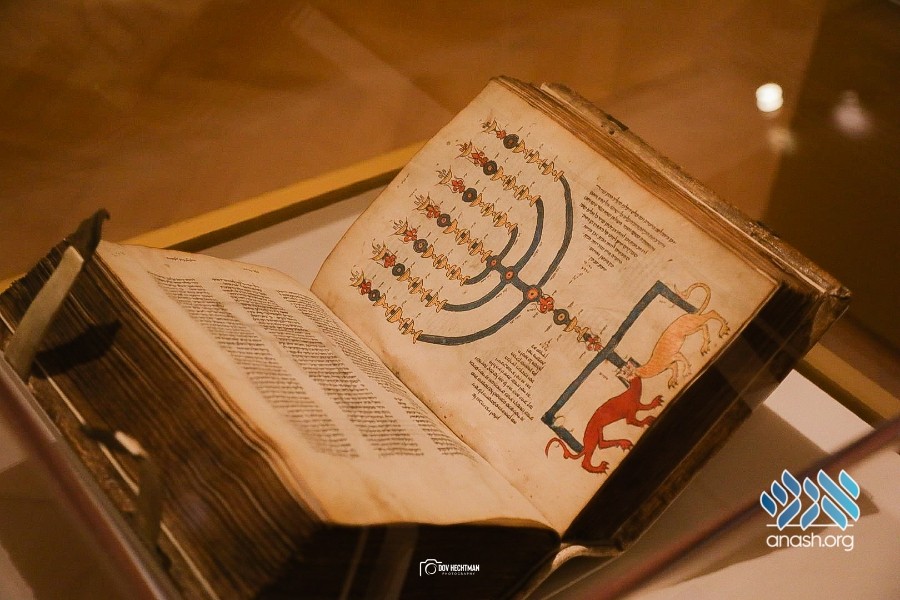
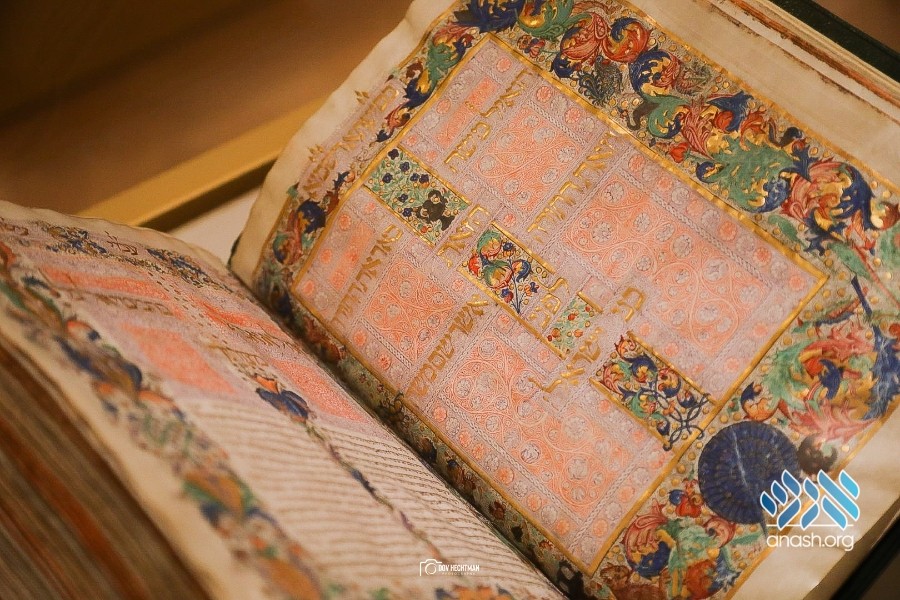
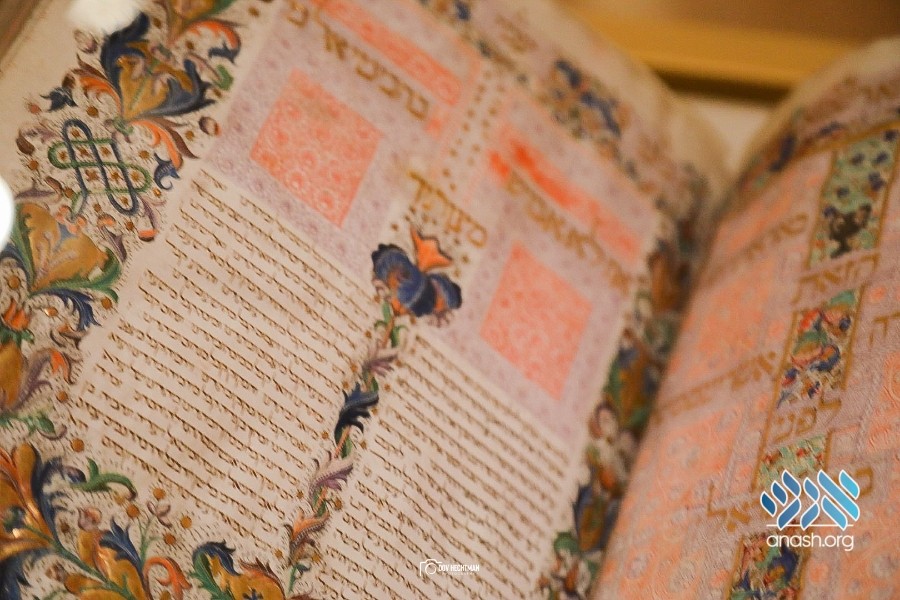

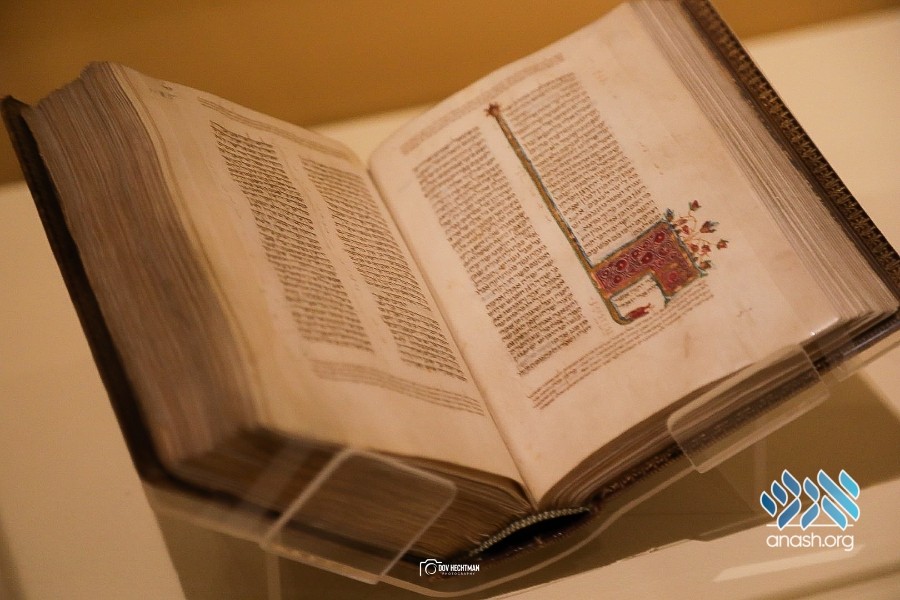
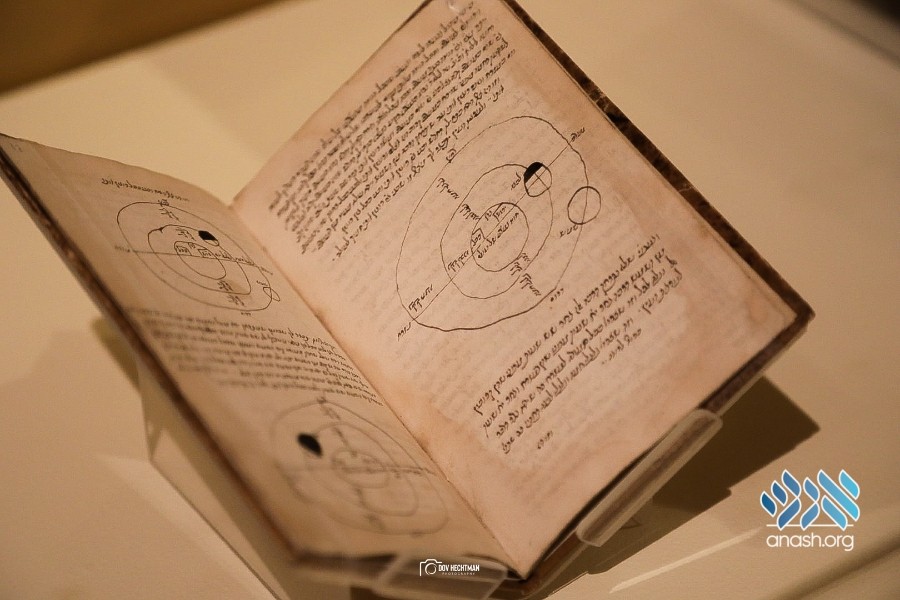
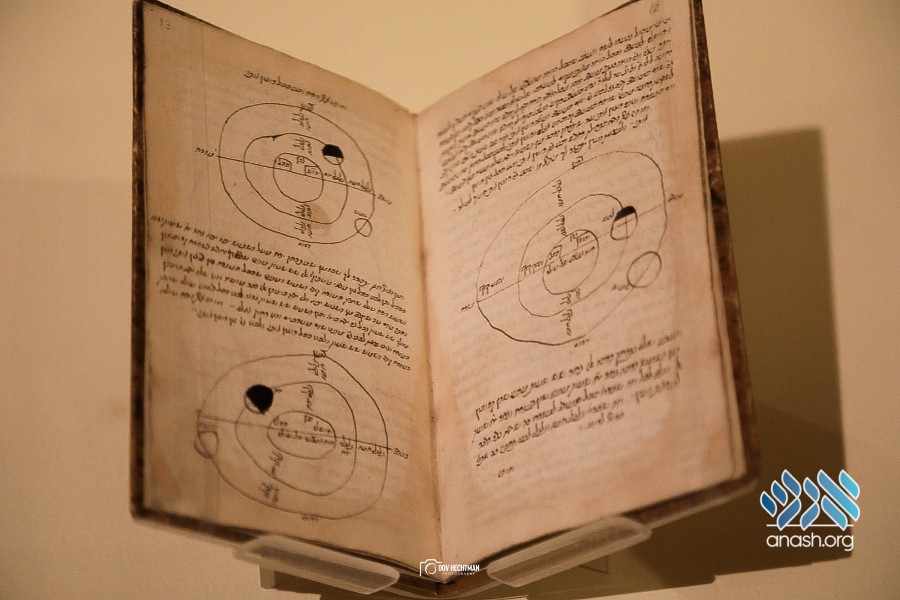
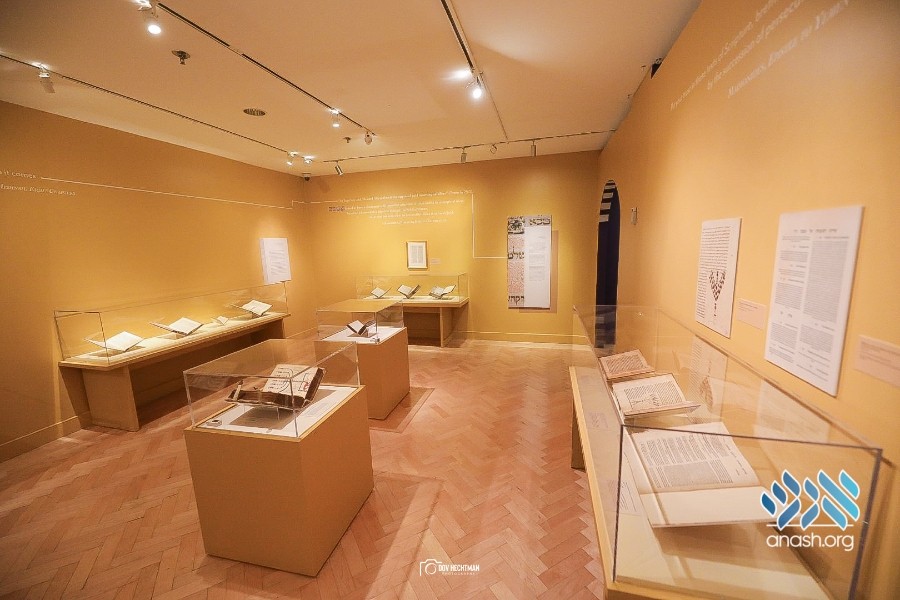

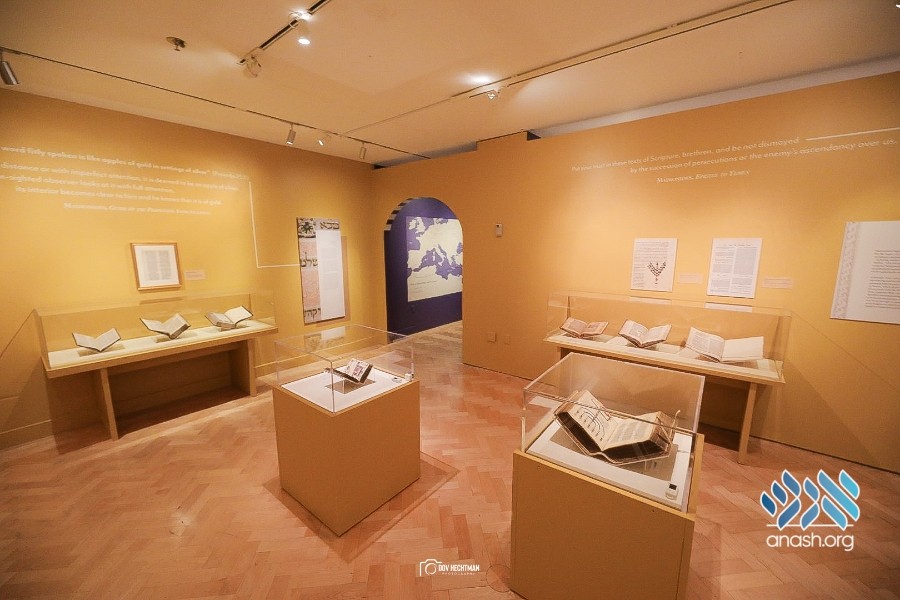

Where did they get it from?
Was this the one that was returned from the Vatican?
Please post an address for people interested to visit plus the time period that the exhibit will remain on display. Thanks
It’s at the bottom of the article:
The Yeshiva University Museum is located at 15 W 16th St, New York, NY 10011.
Exhibit Hours:
Monday – Wednesday: 10:00 am – 4:00 pm
Thursday: 10:00 am – 7:30 pm
Friday: closed
Saturday: closed
Sunday: 11:00 am – 4:00 pm
“Corrected from my copy. I, Moses ben Rabbi Maimon zt”l“
It’s not ztzl rather ST, out sephardi tahor, a pure sephardi, as the rambam would often write
Nope. First of all, ס״ט doesn’t stand for ספרדי טהור, but for סין טין. Second, the Rambam’s signature distinctly says זצ״ל. Third, do you have any evidence that the Rambam ever used ס״ט in his writings?